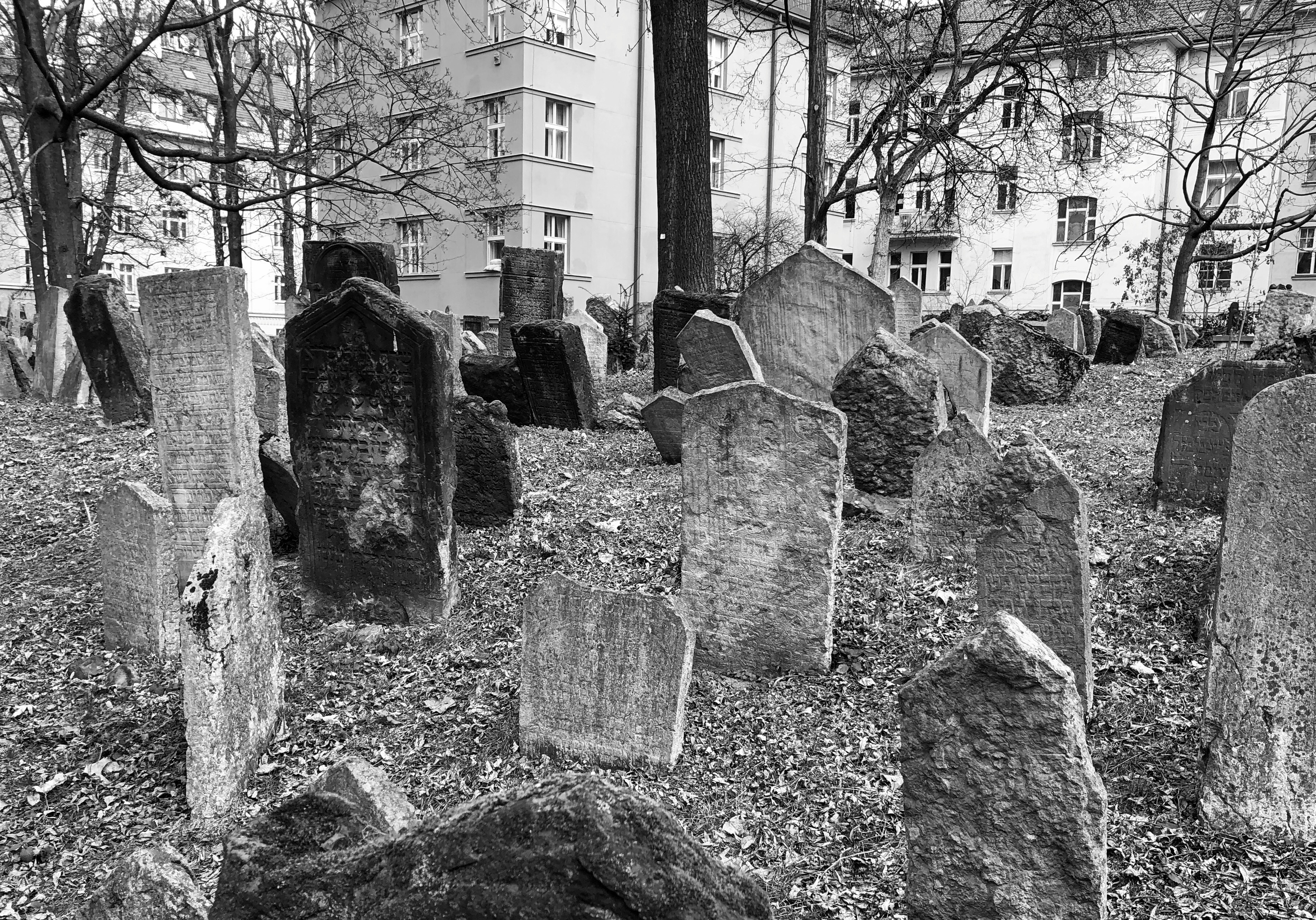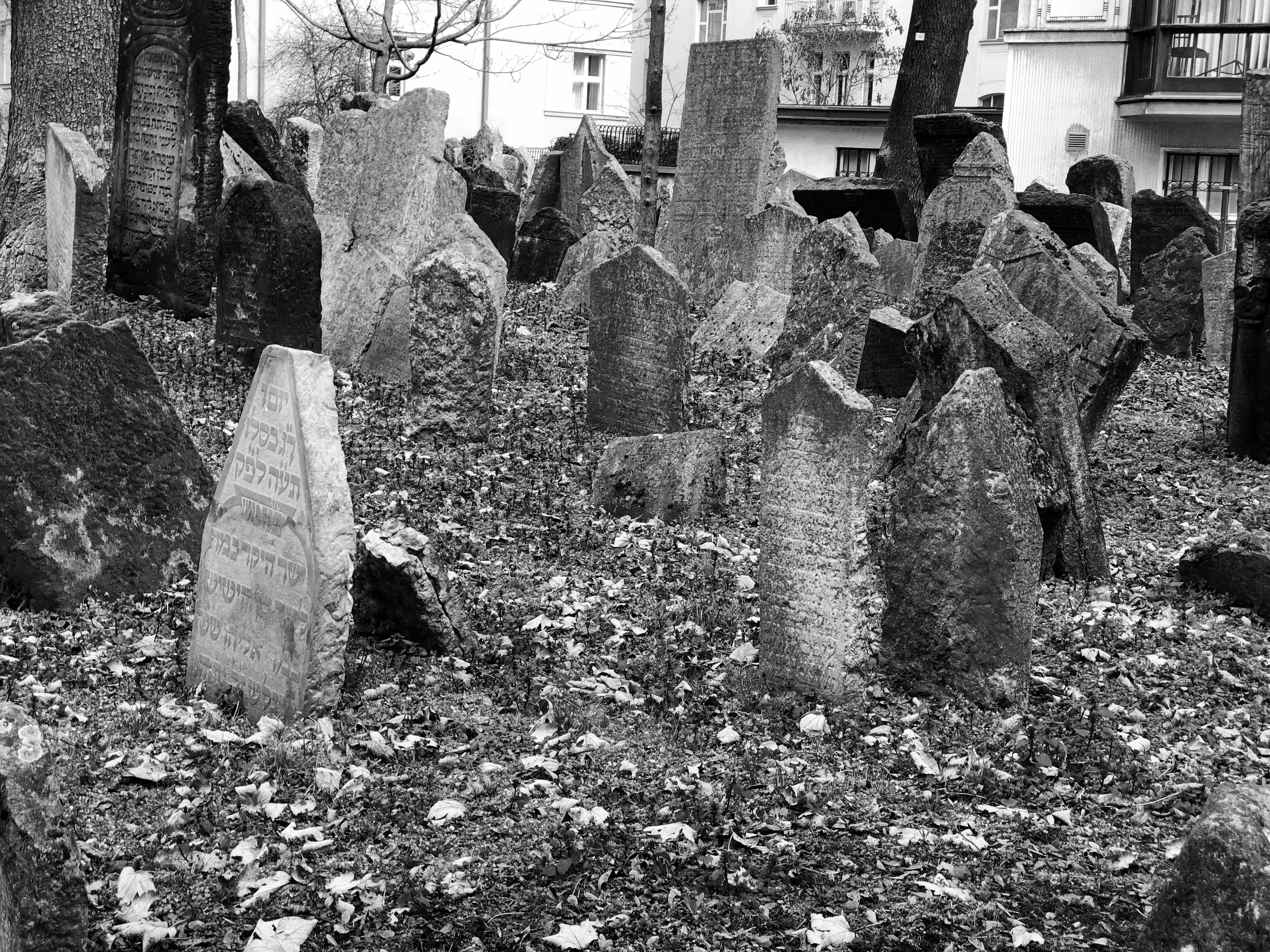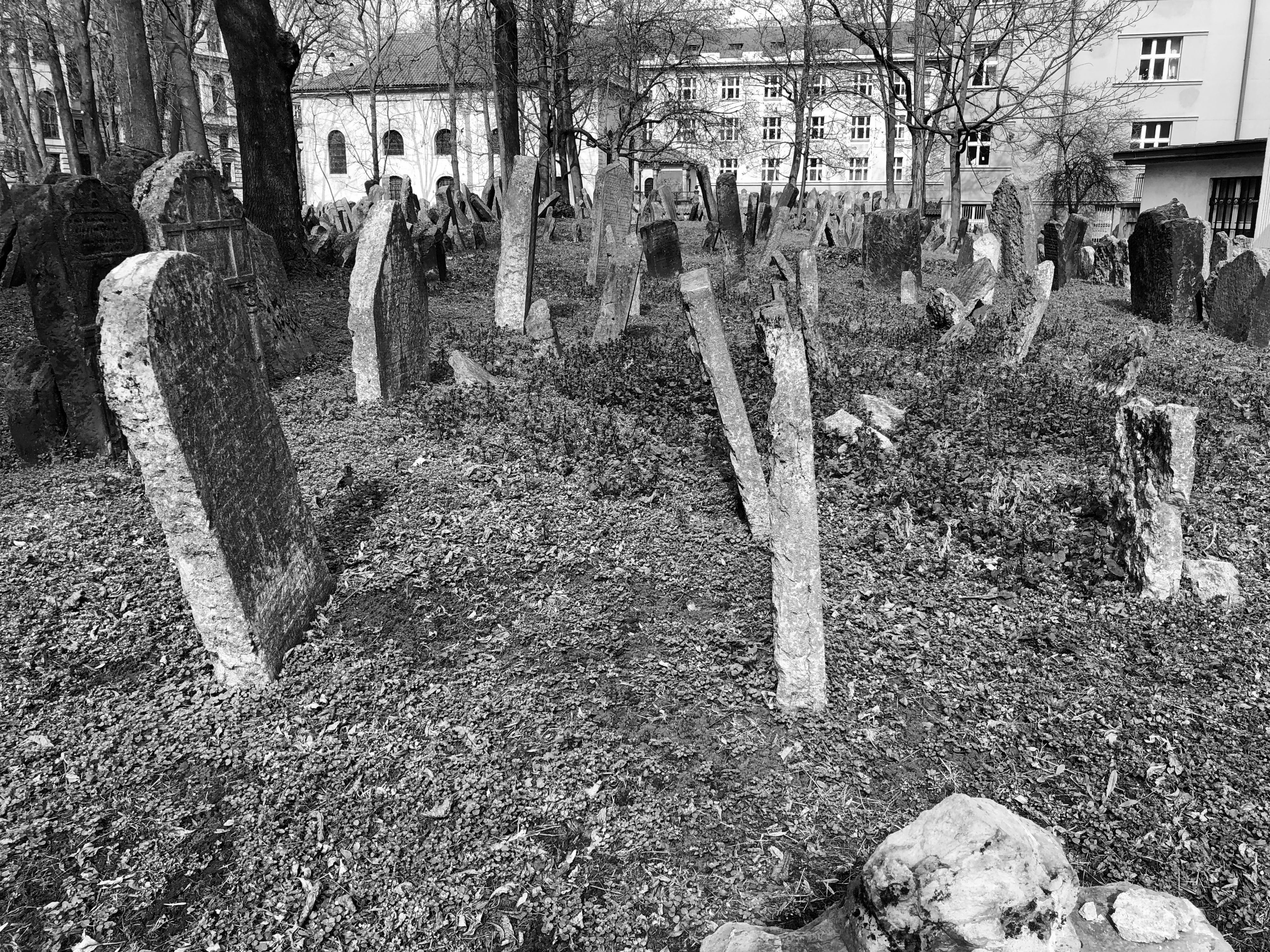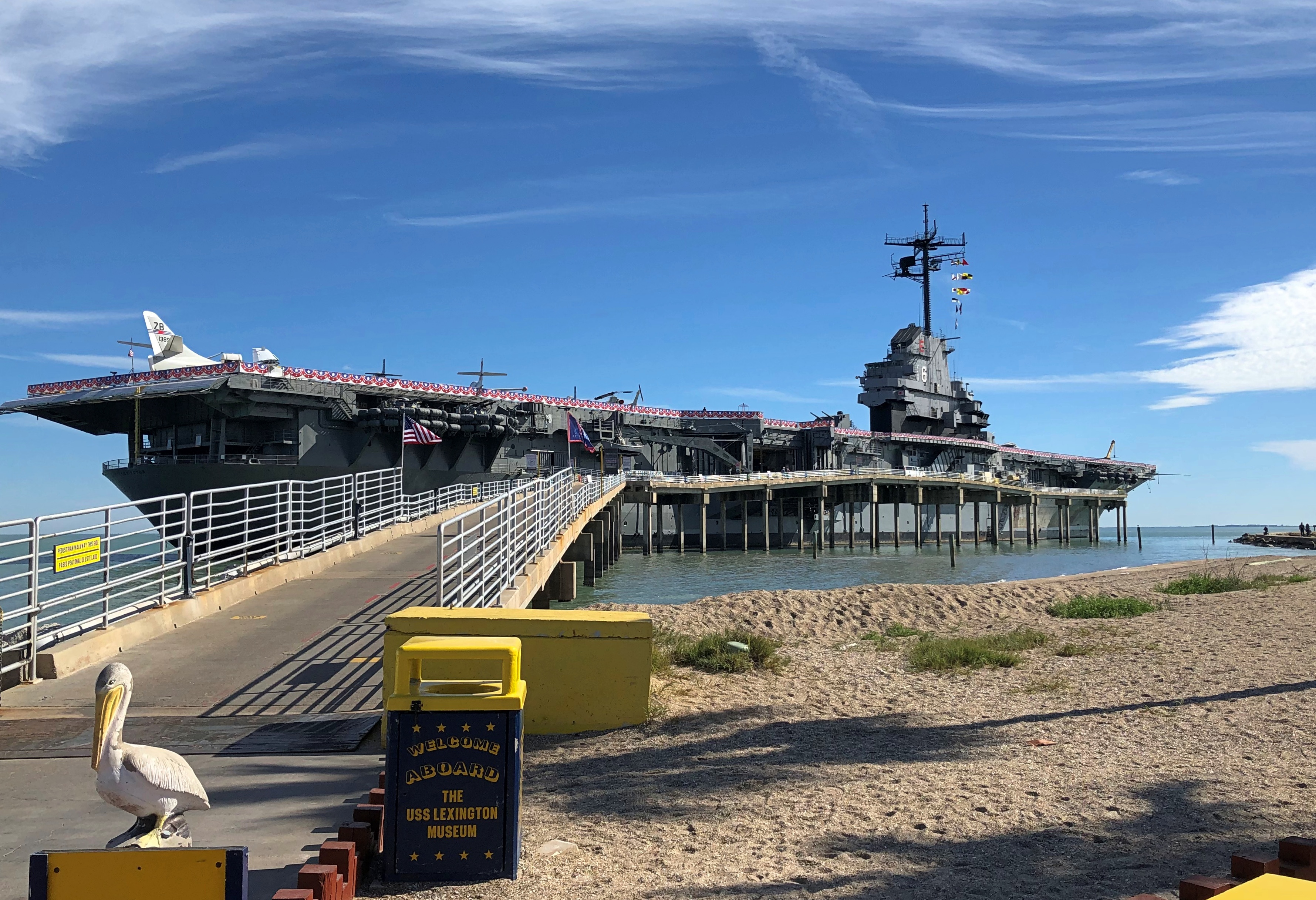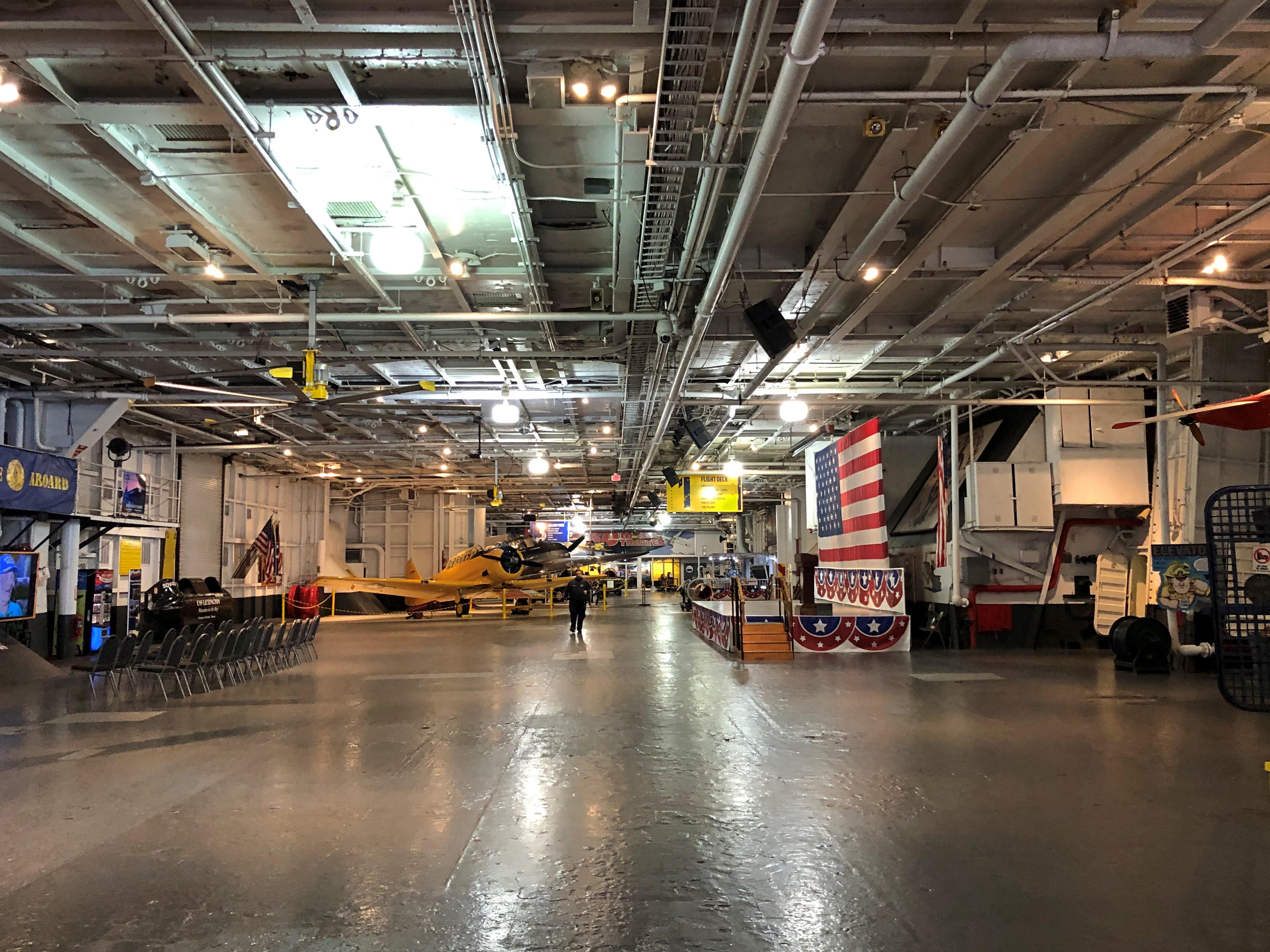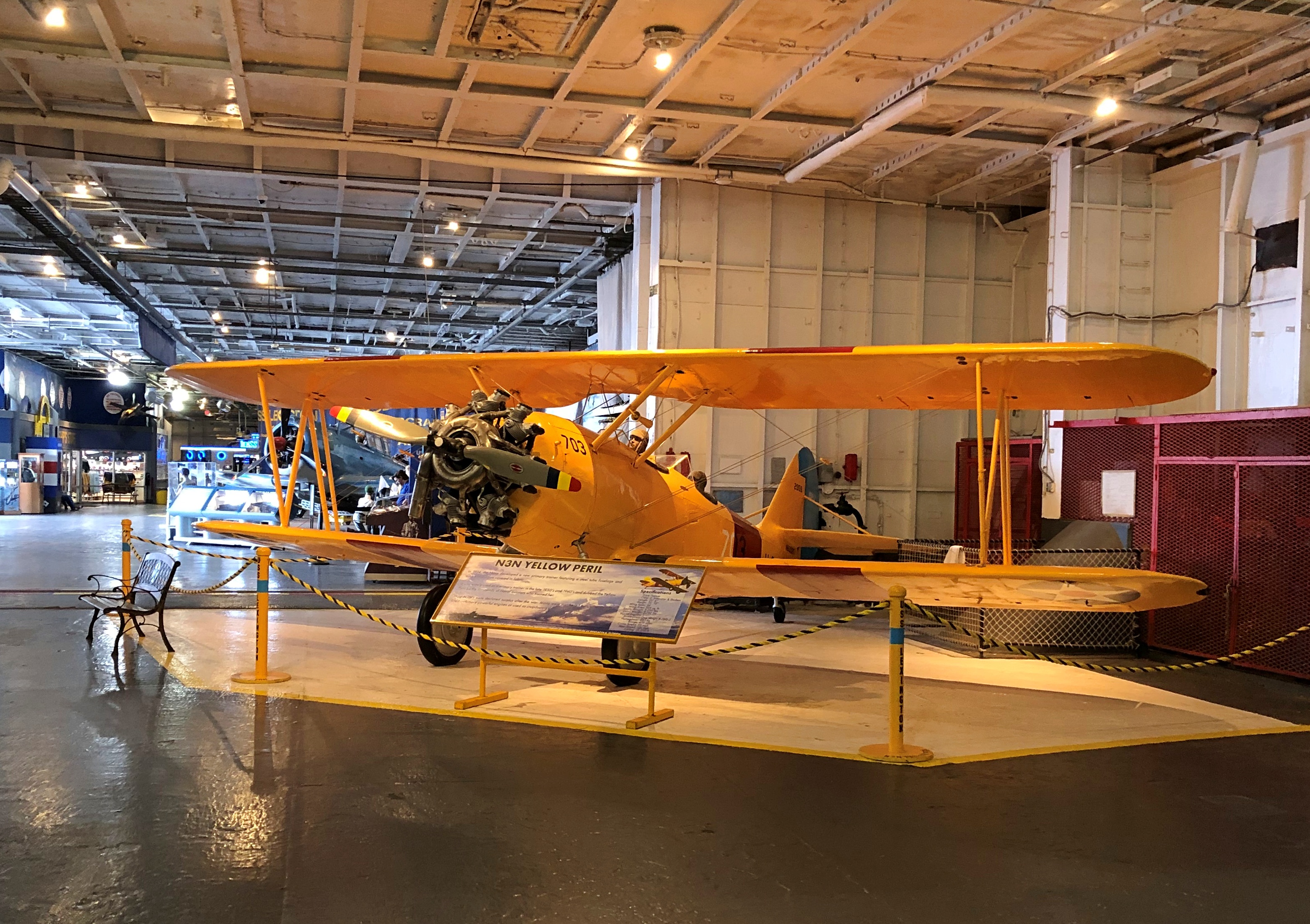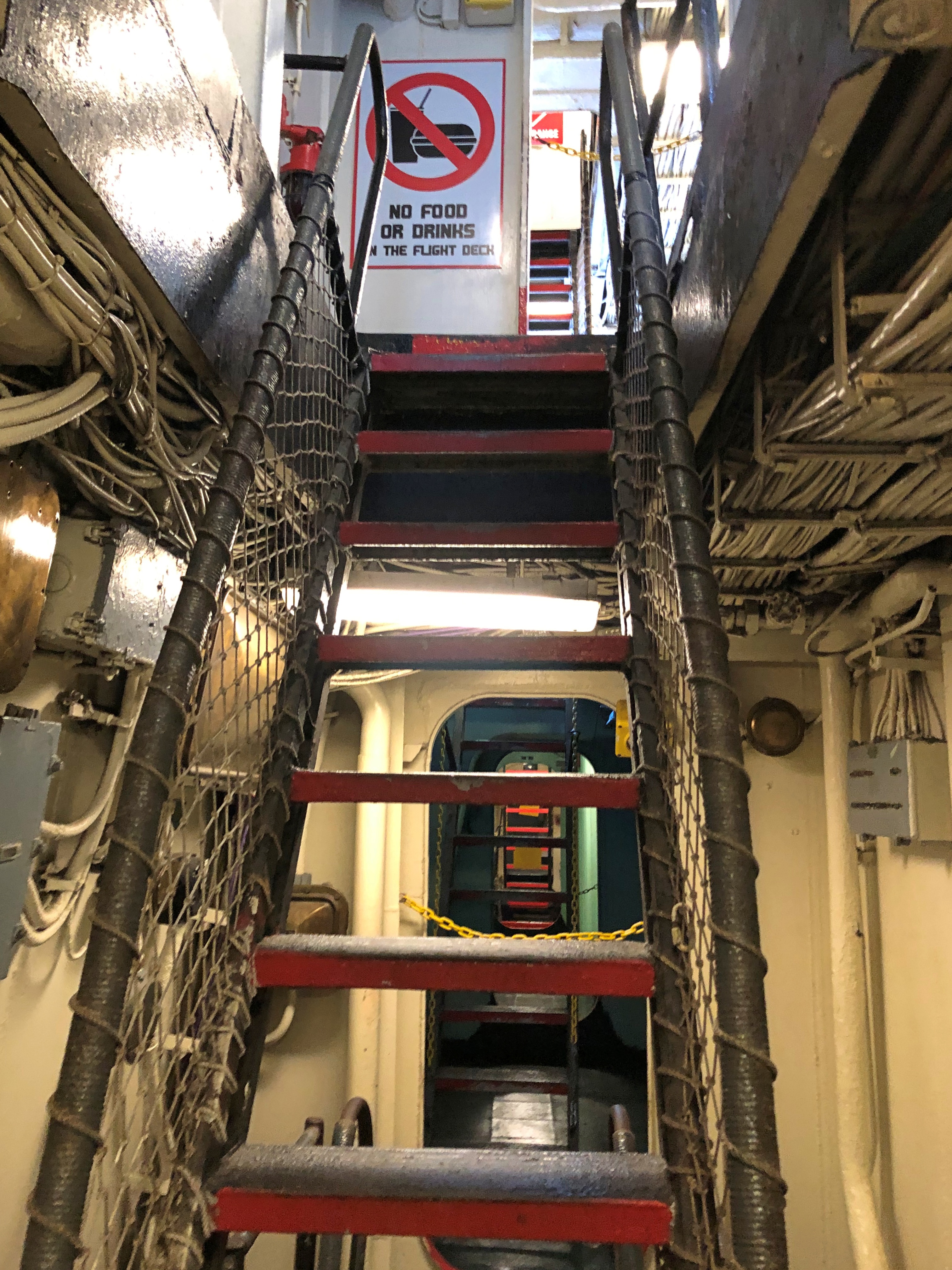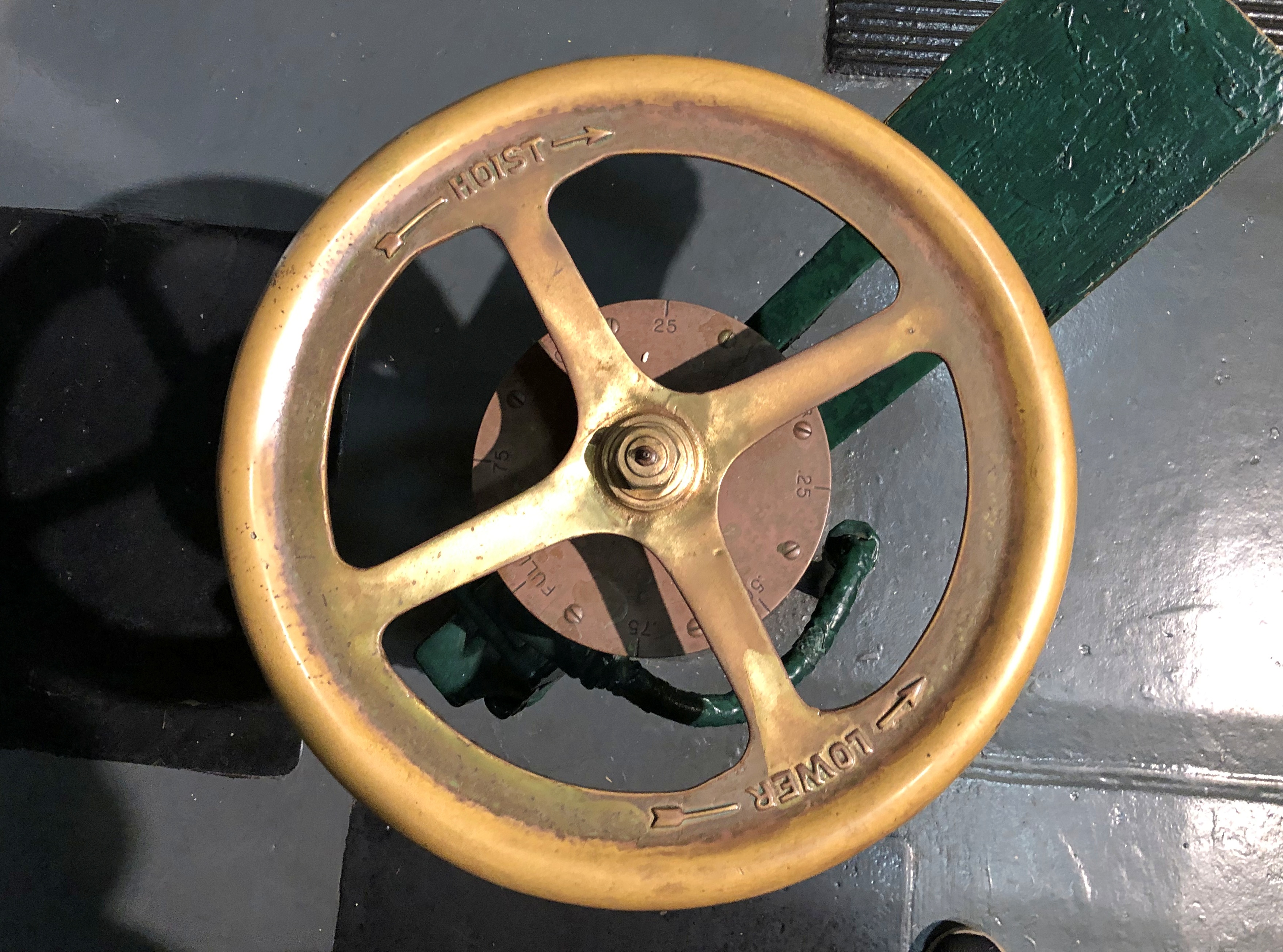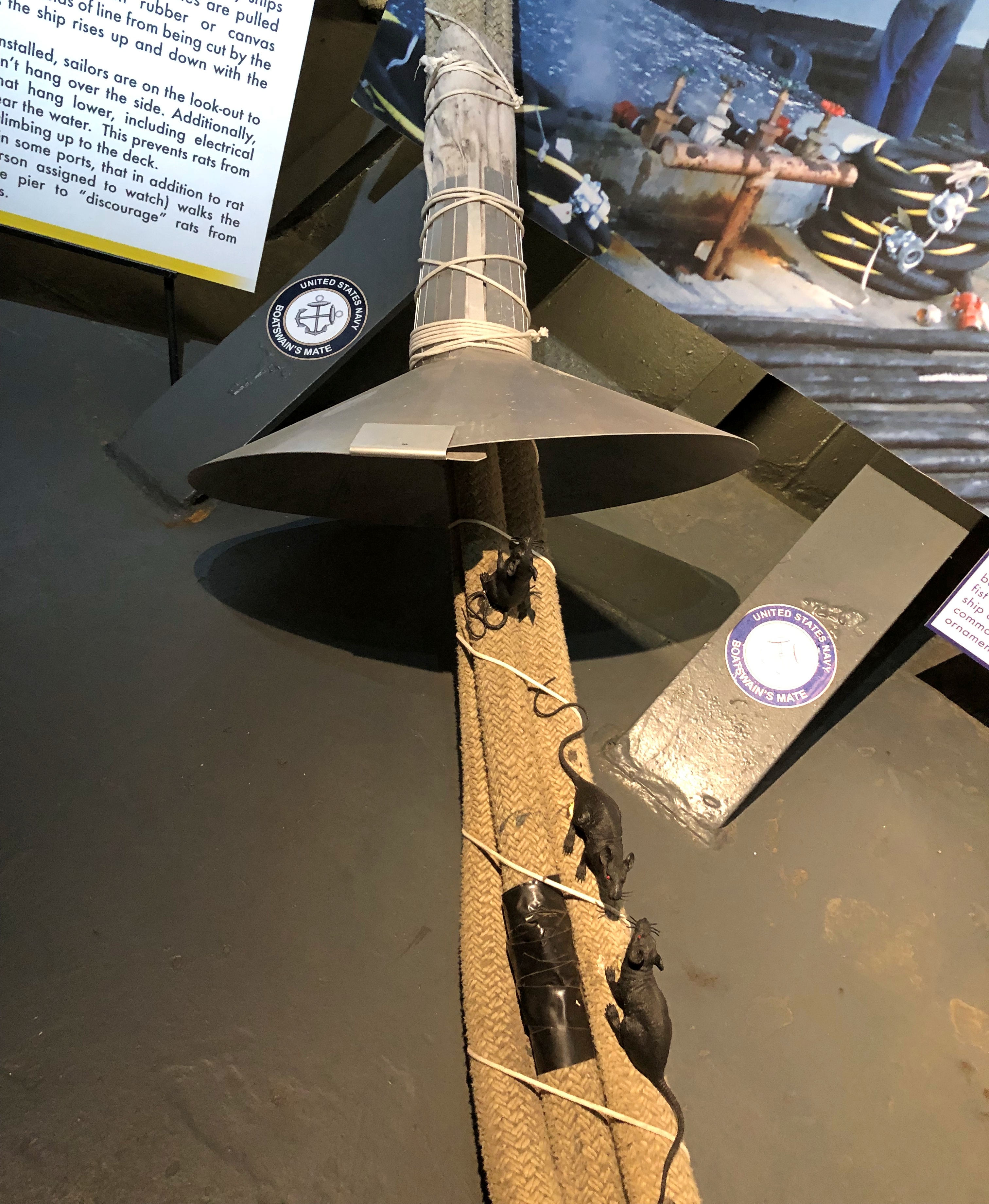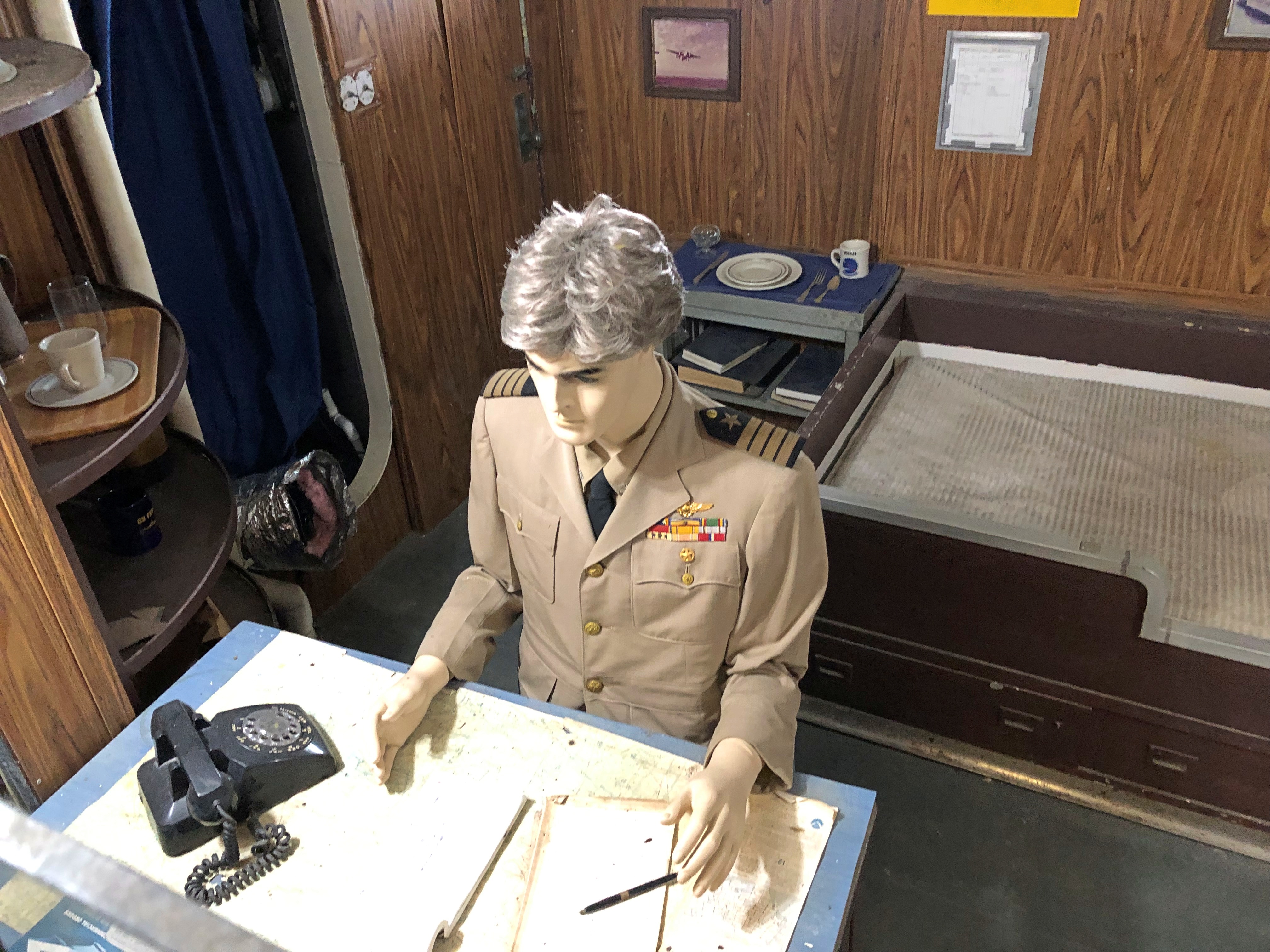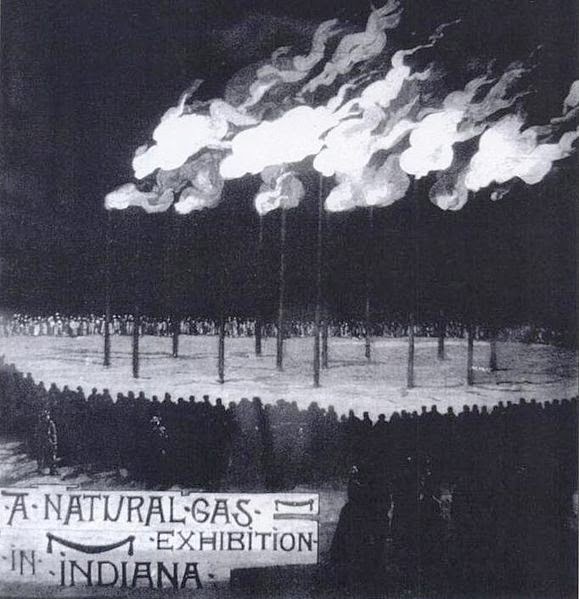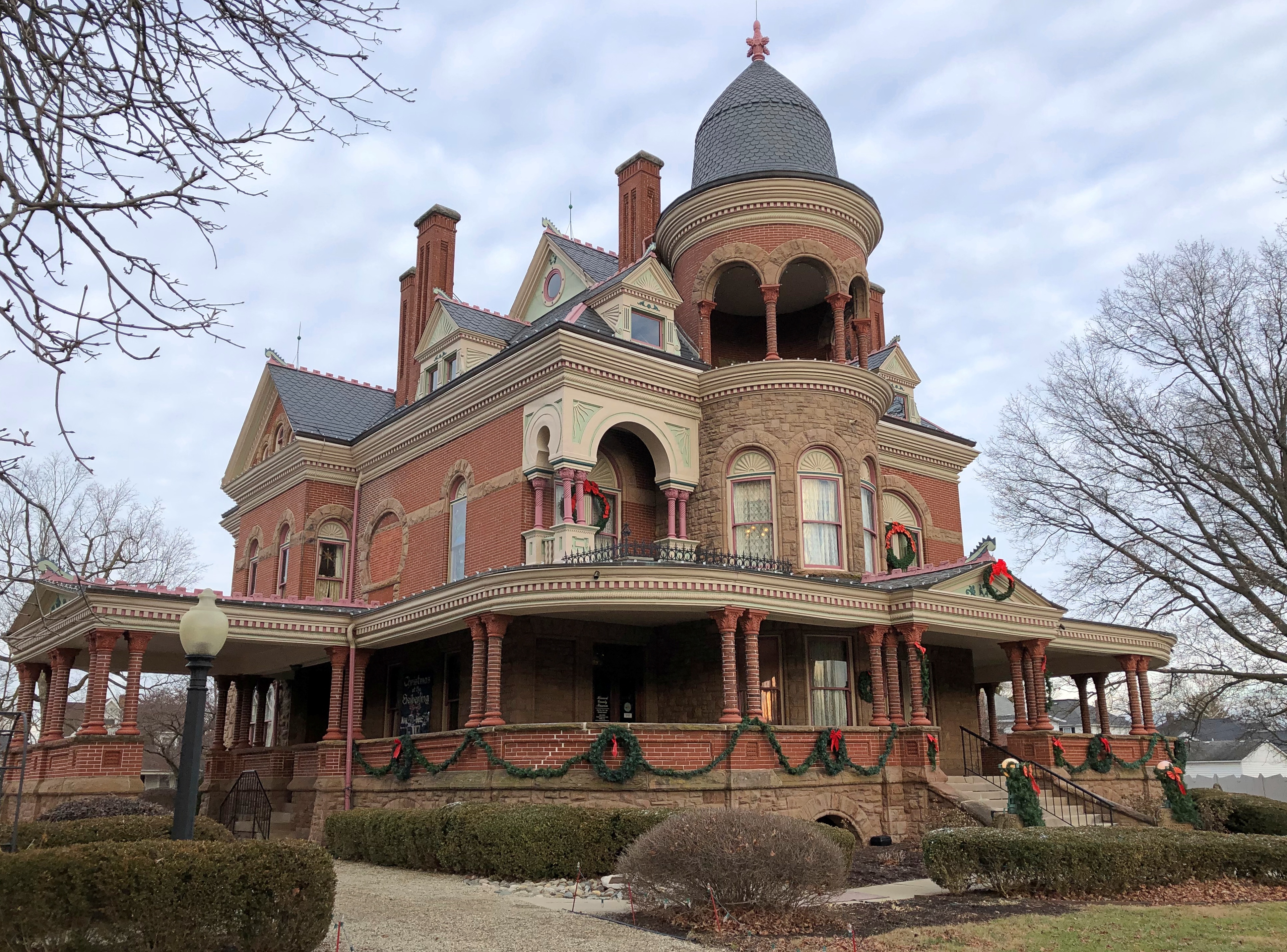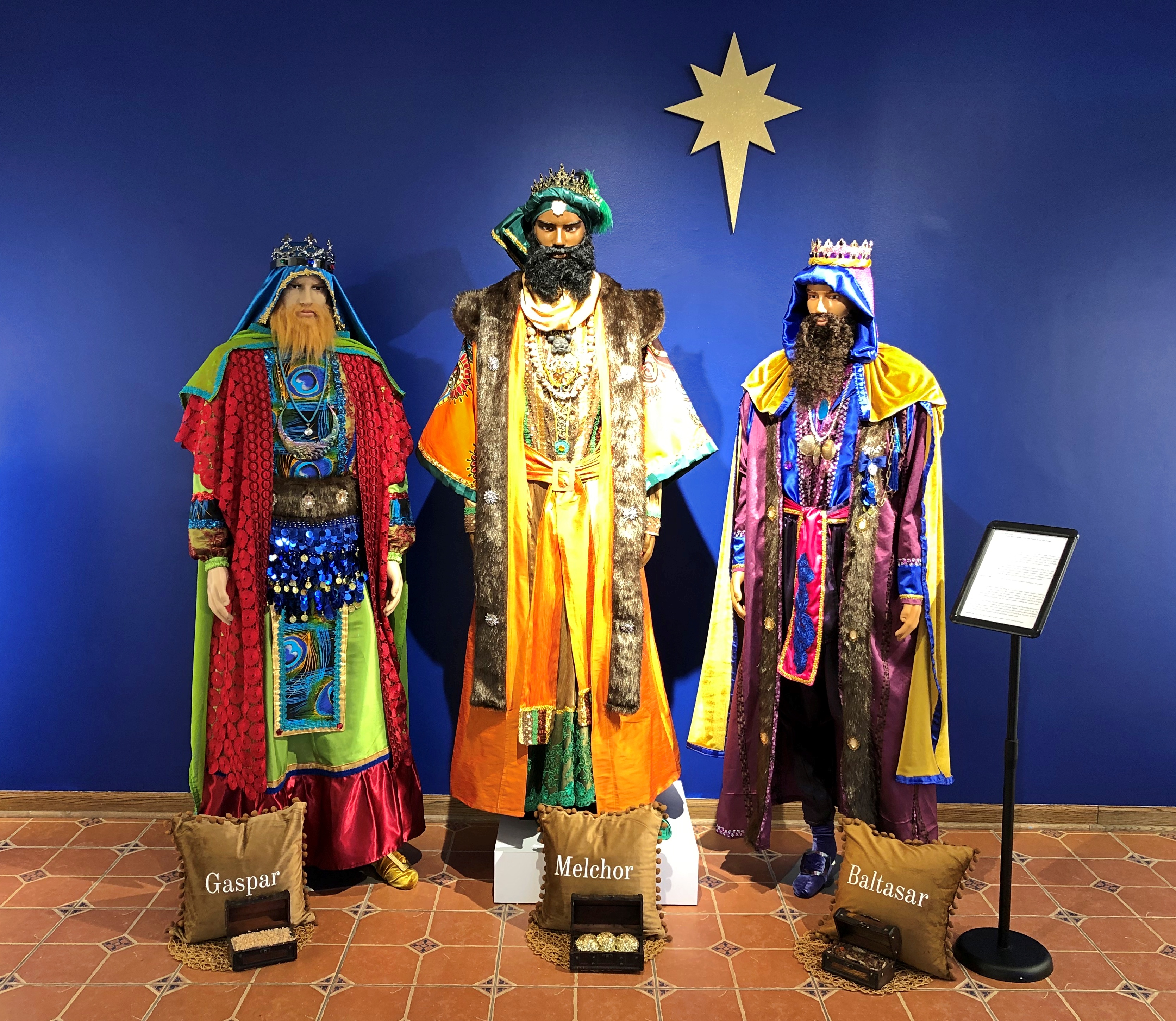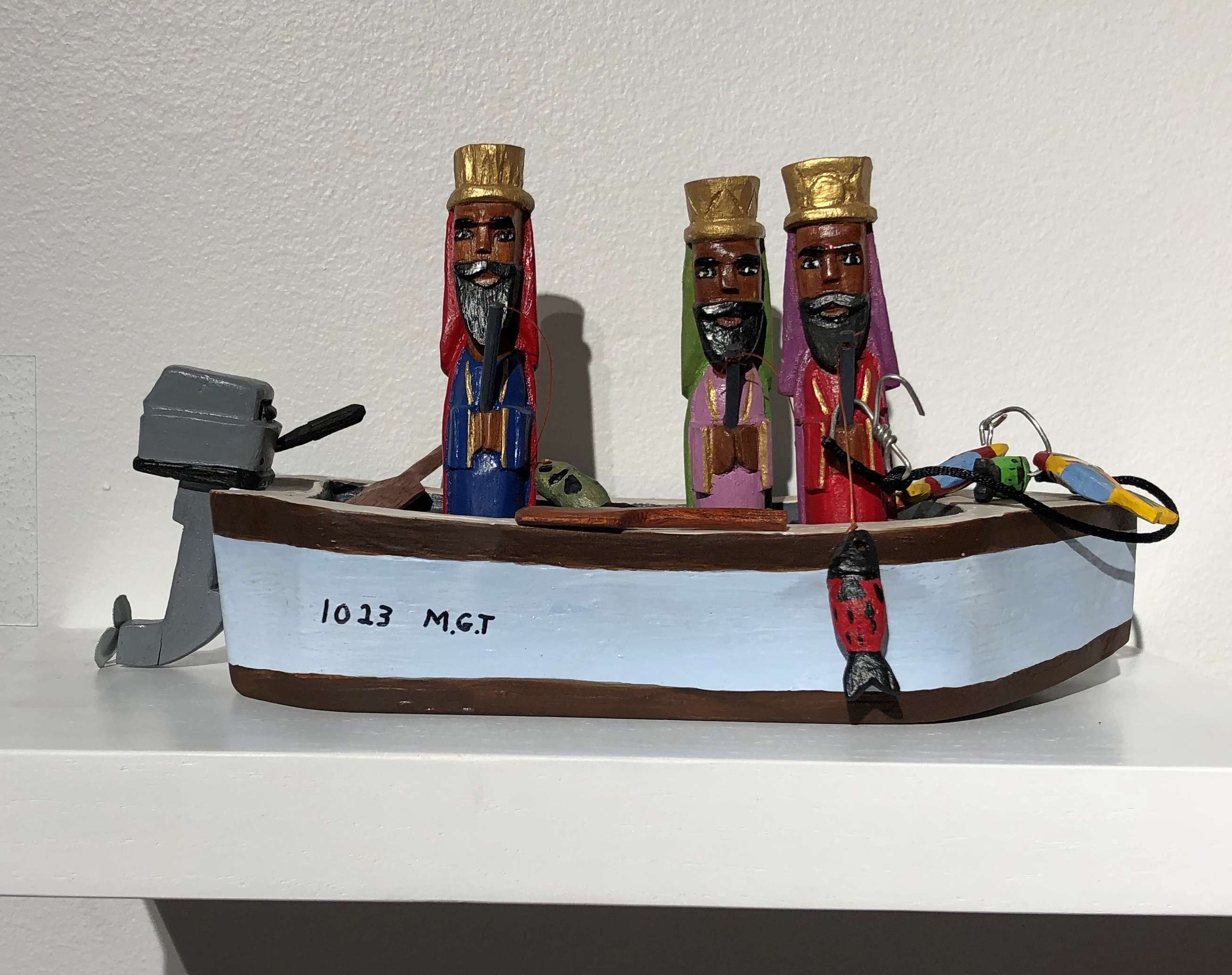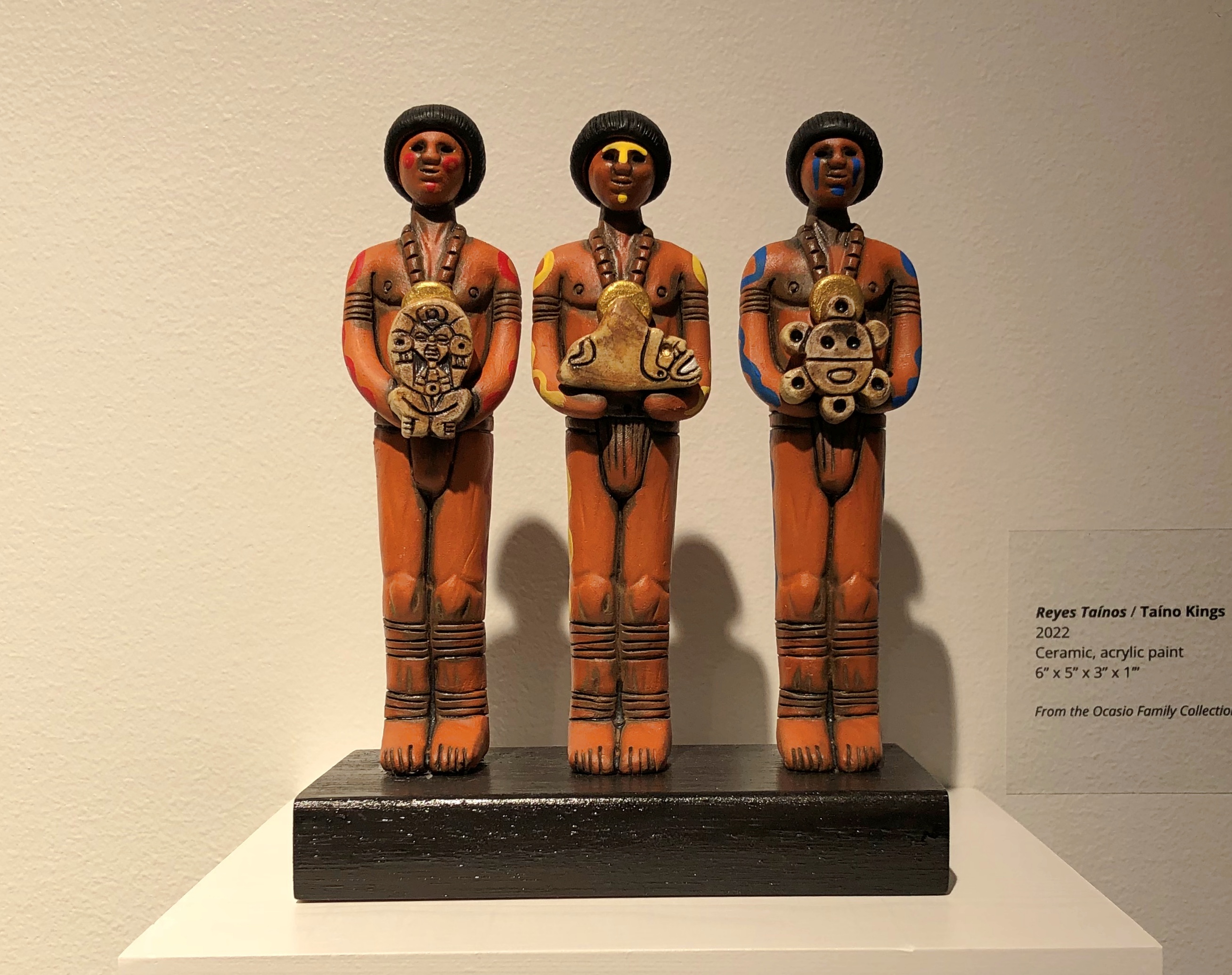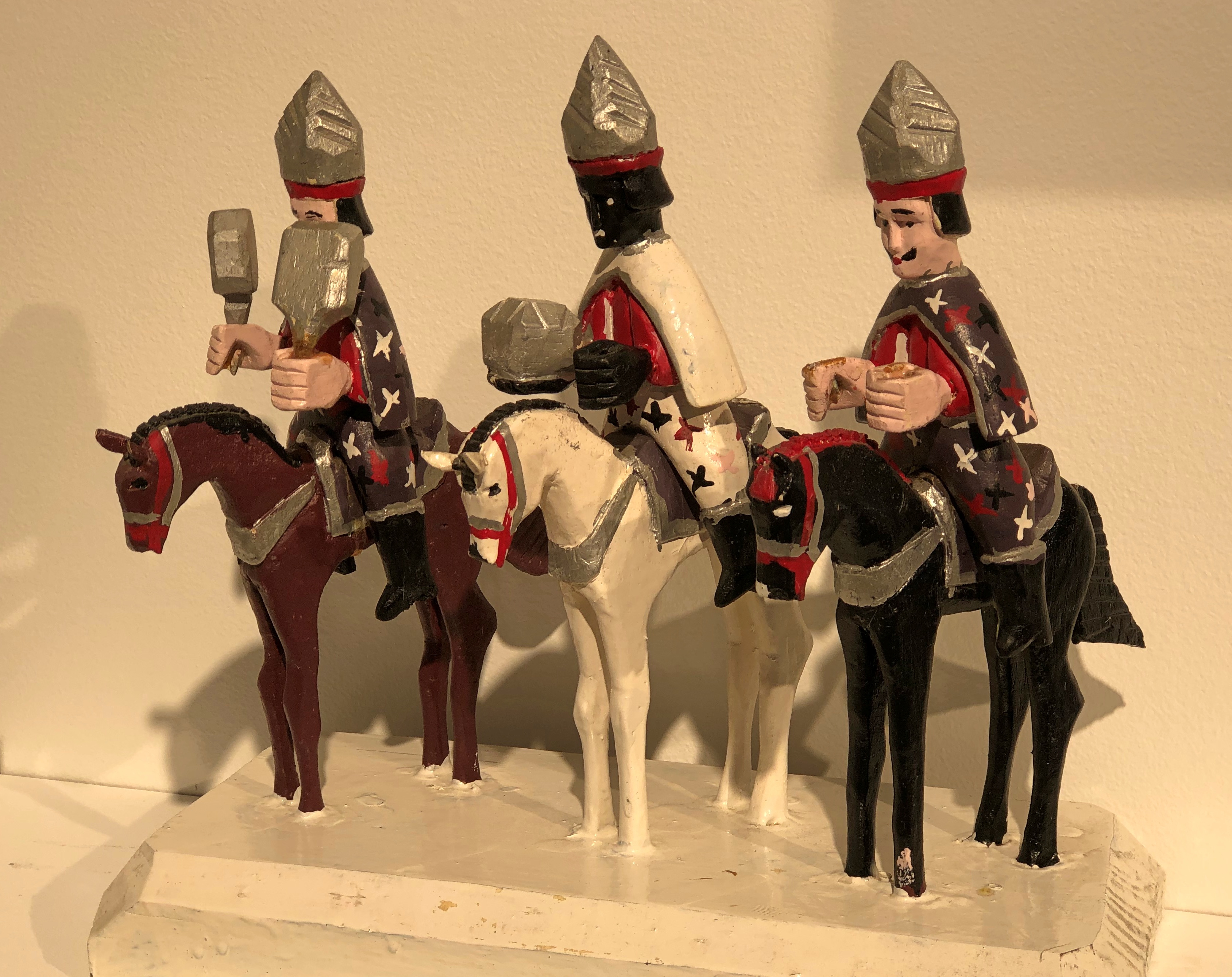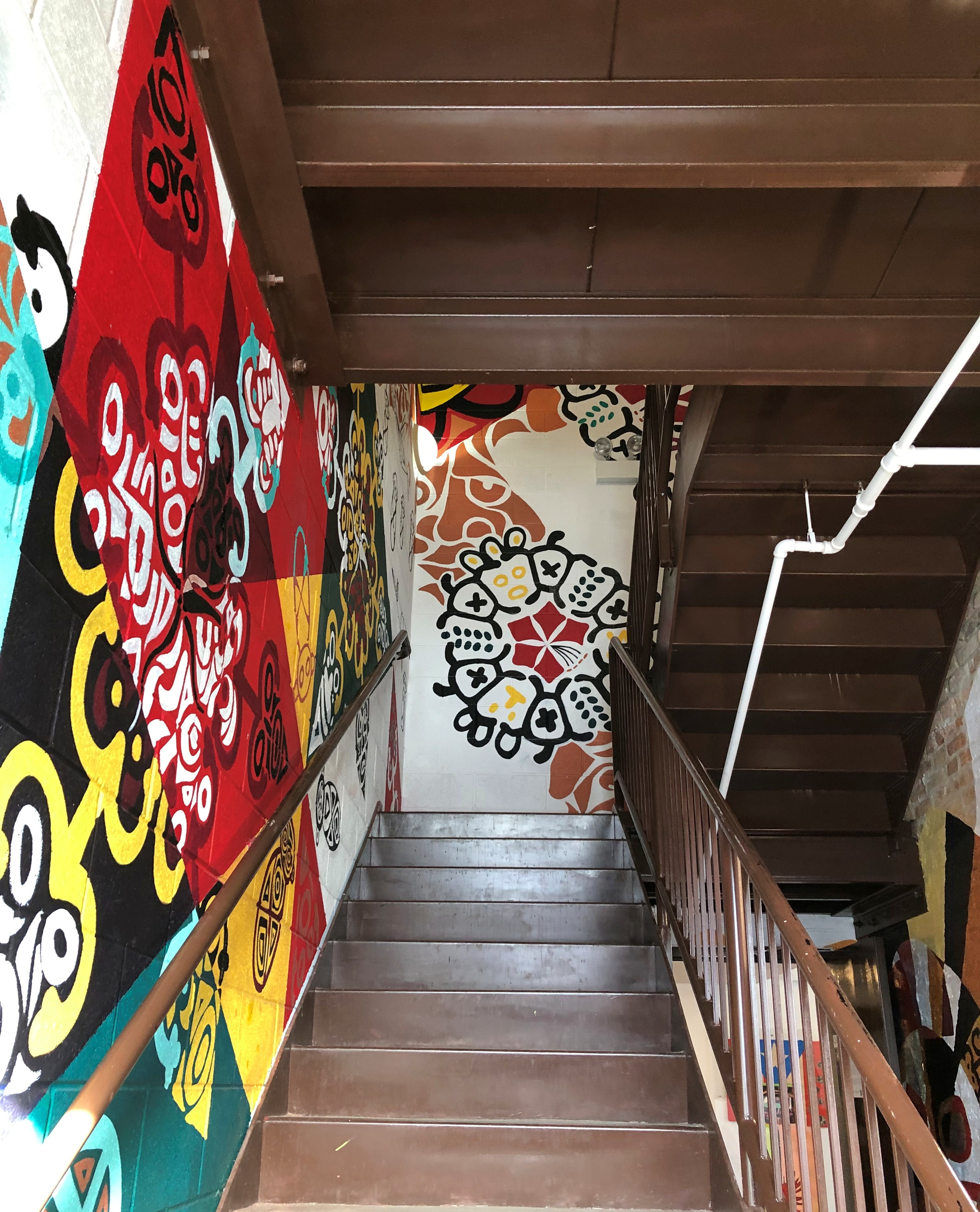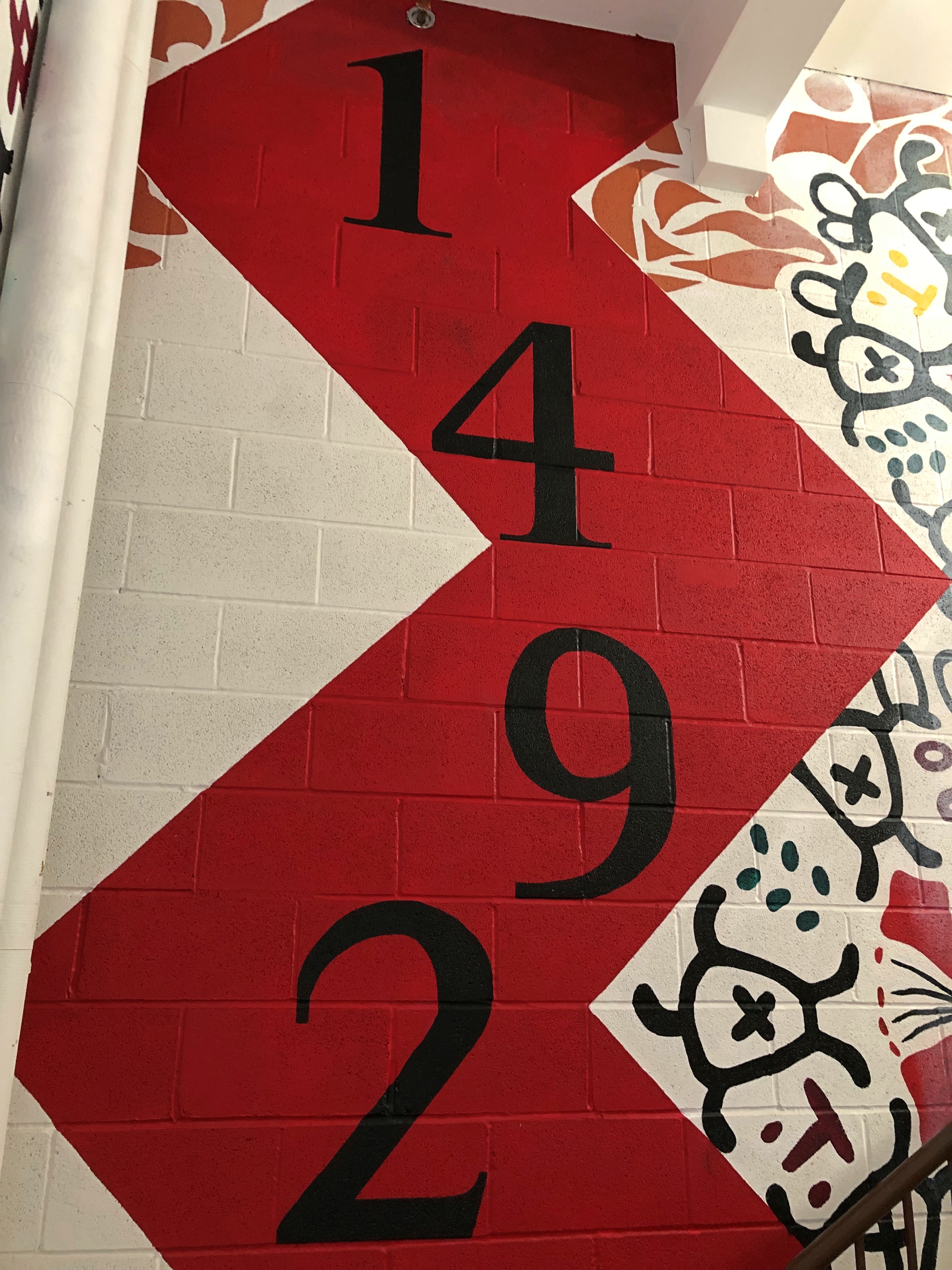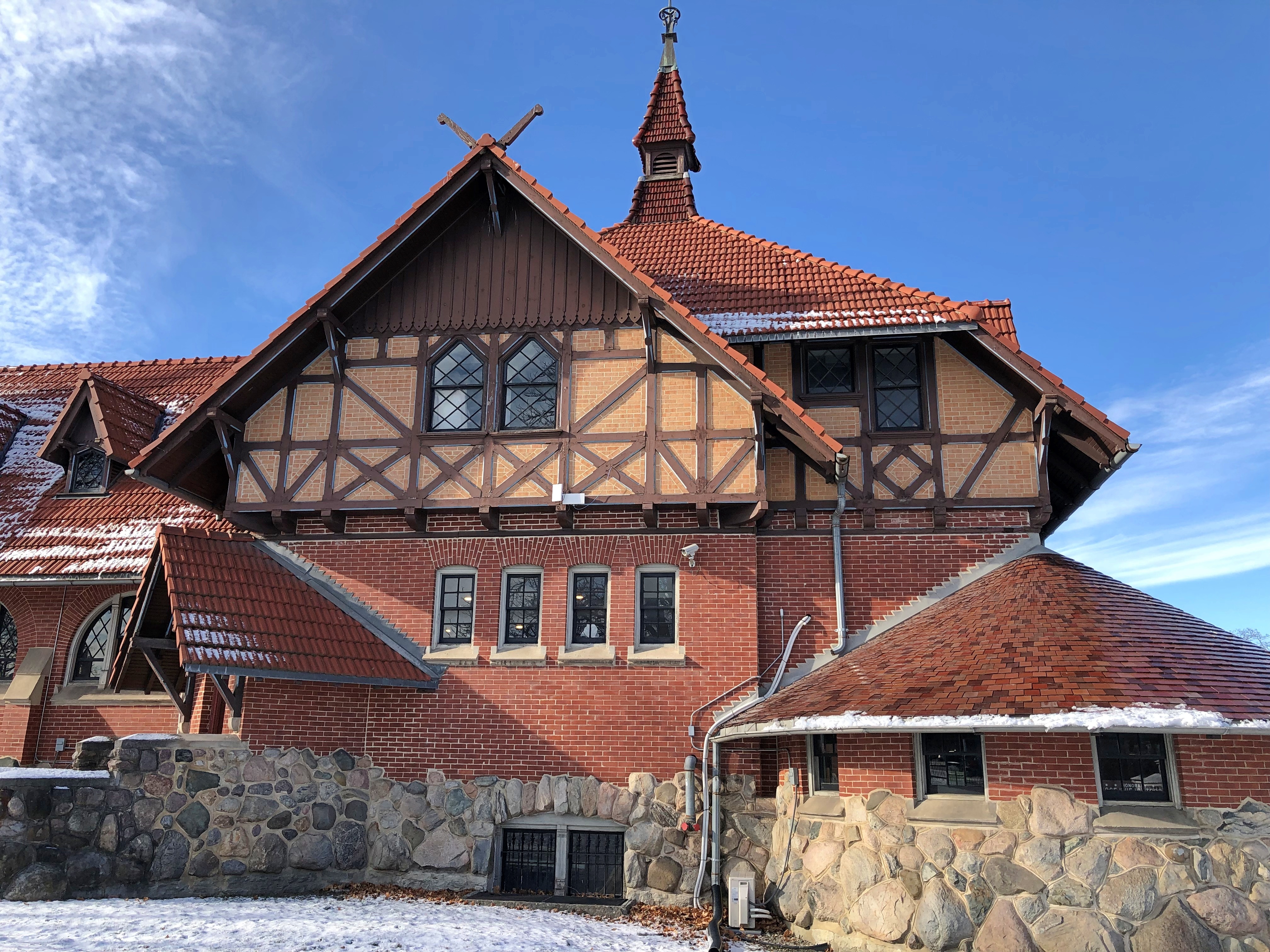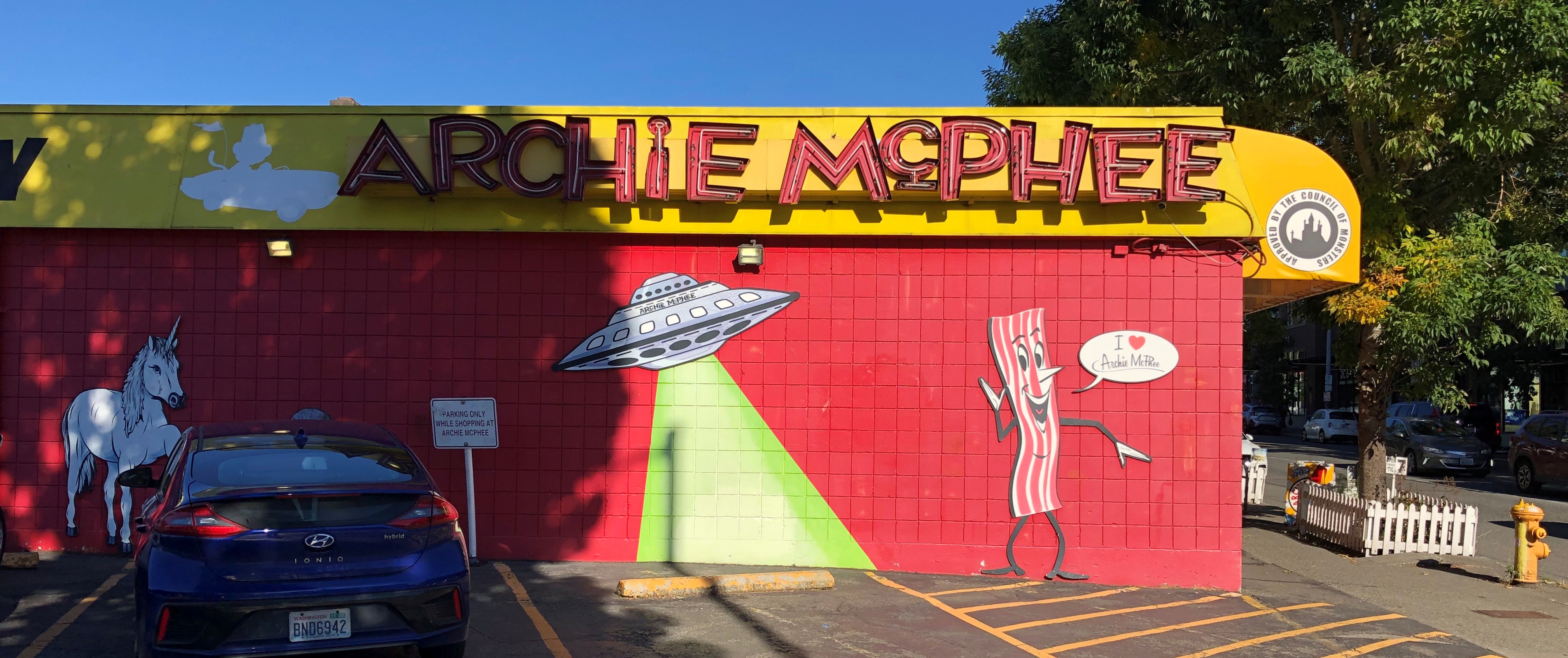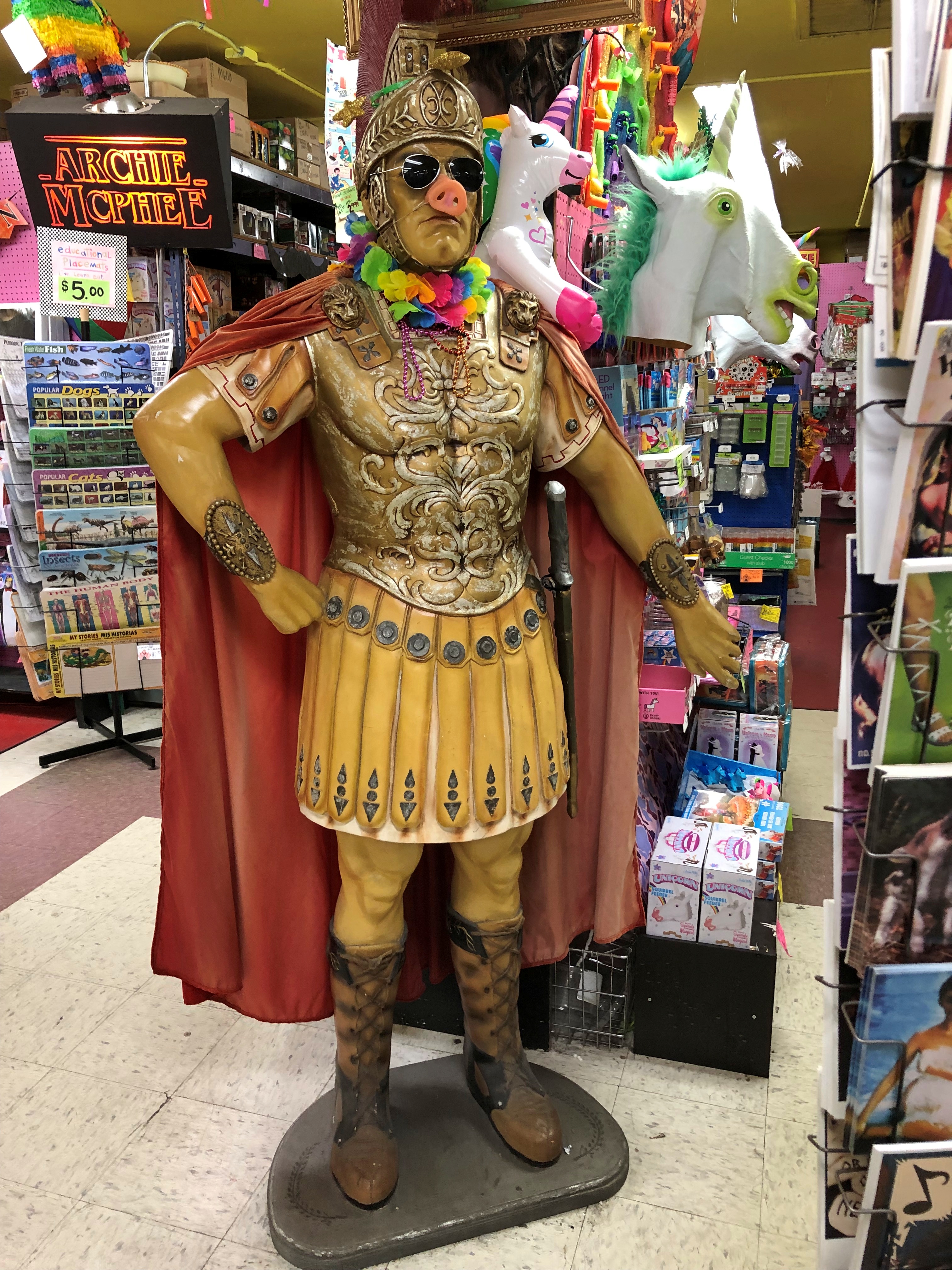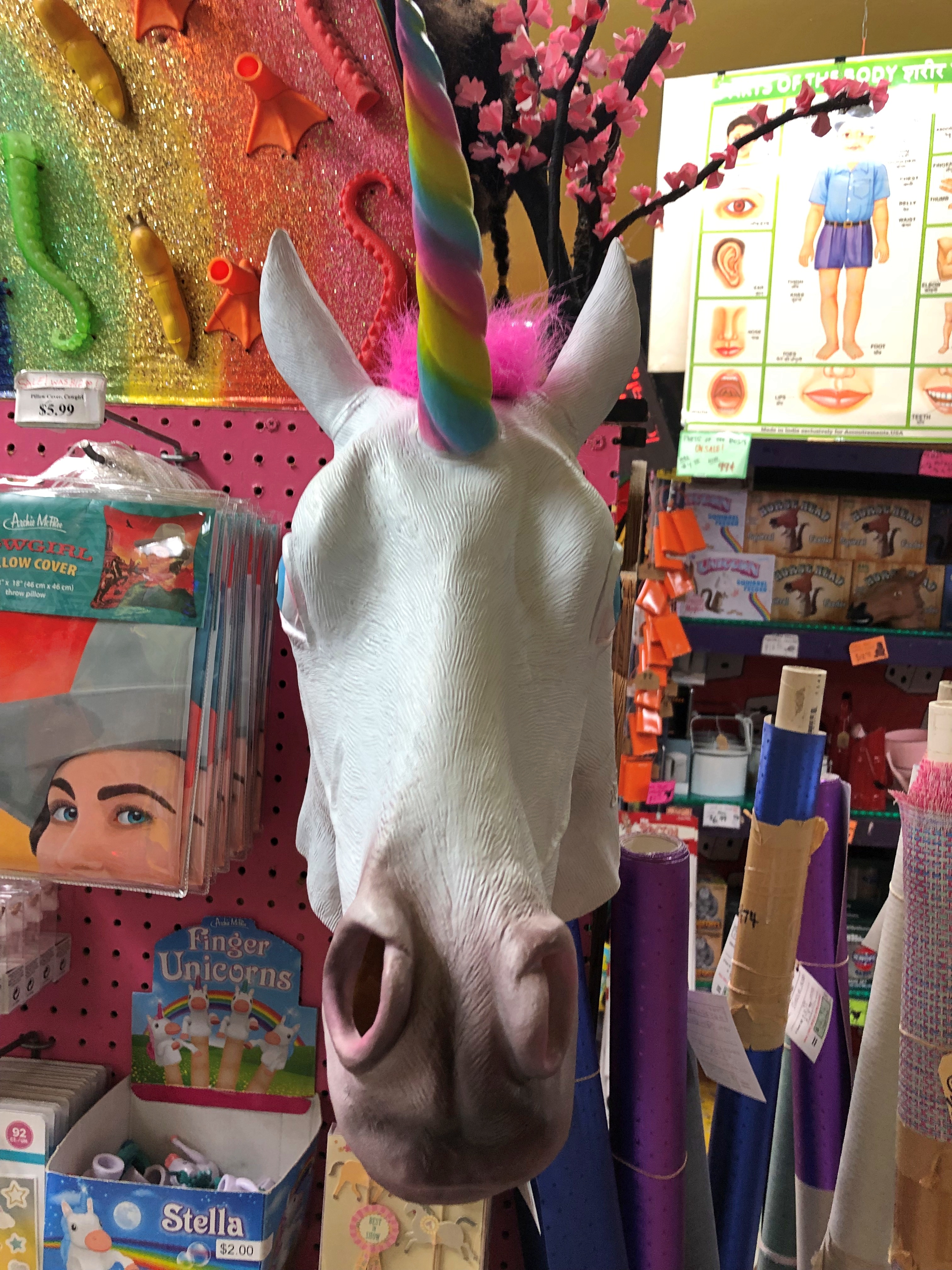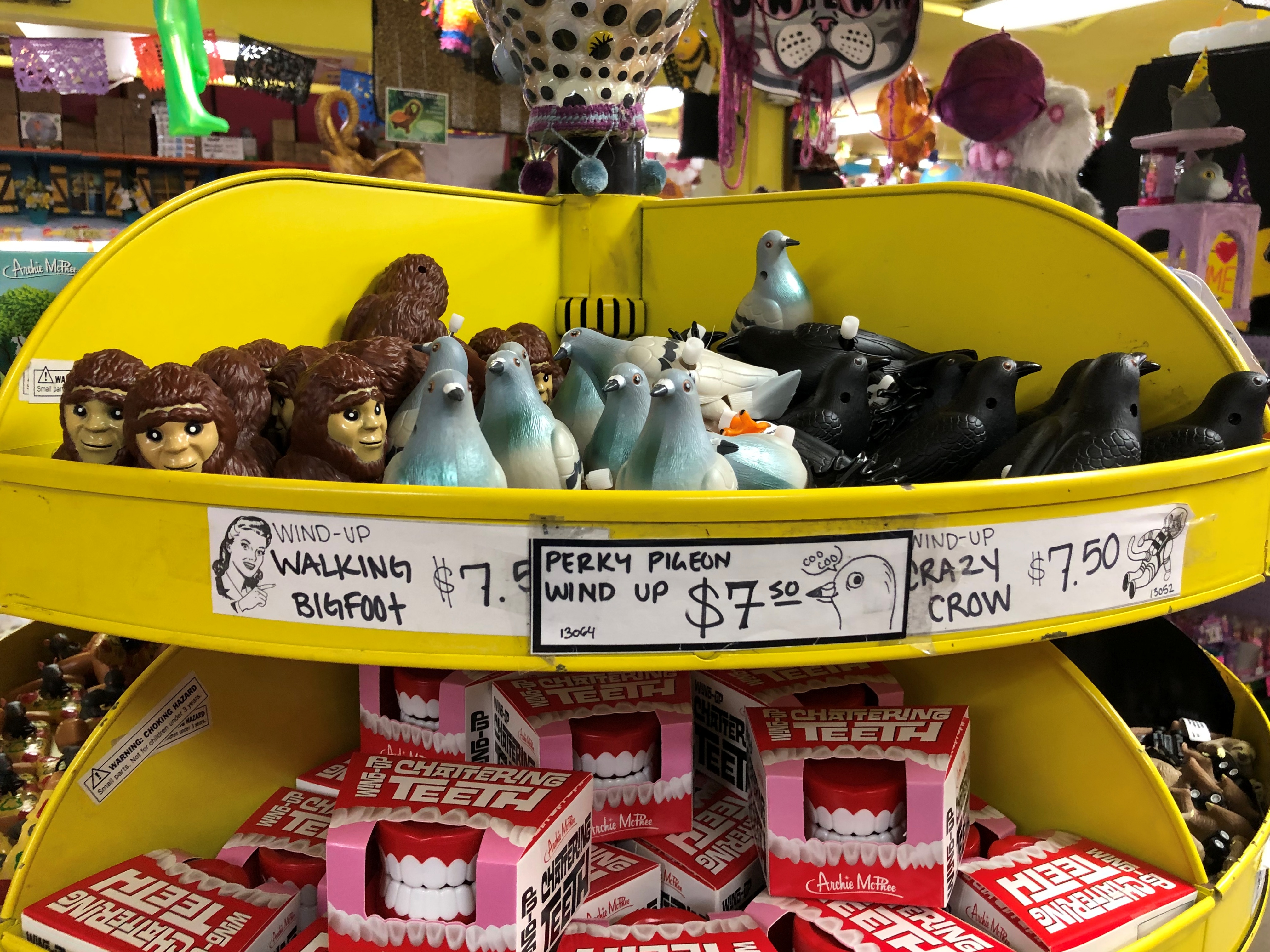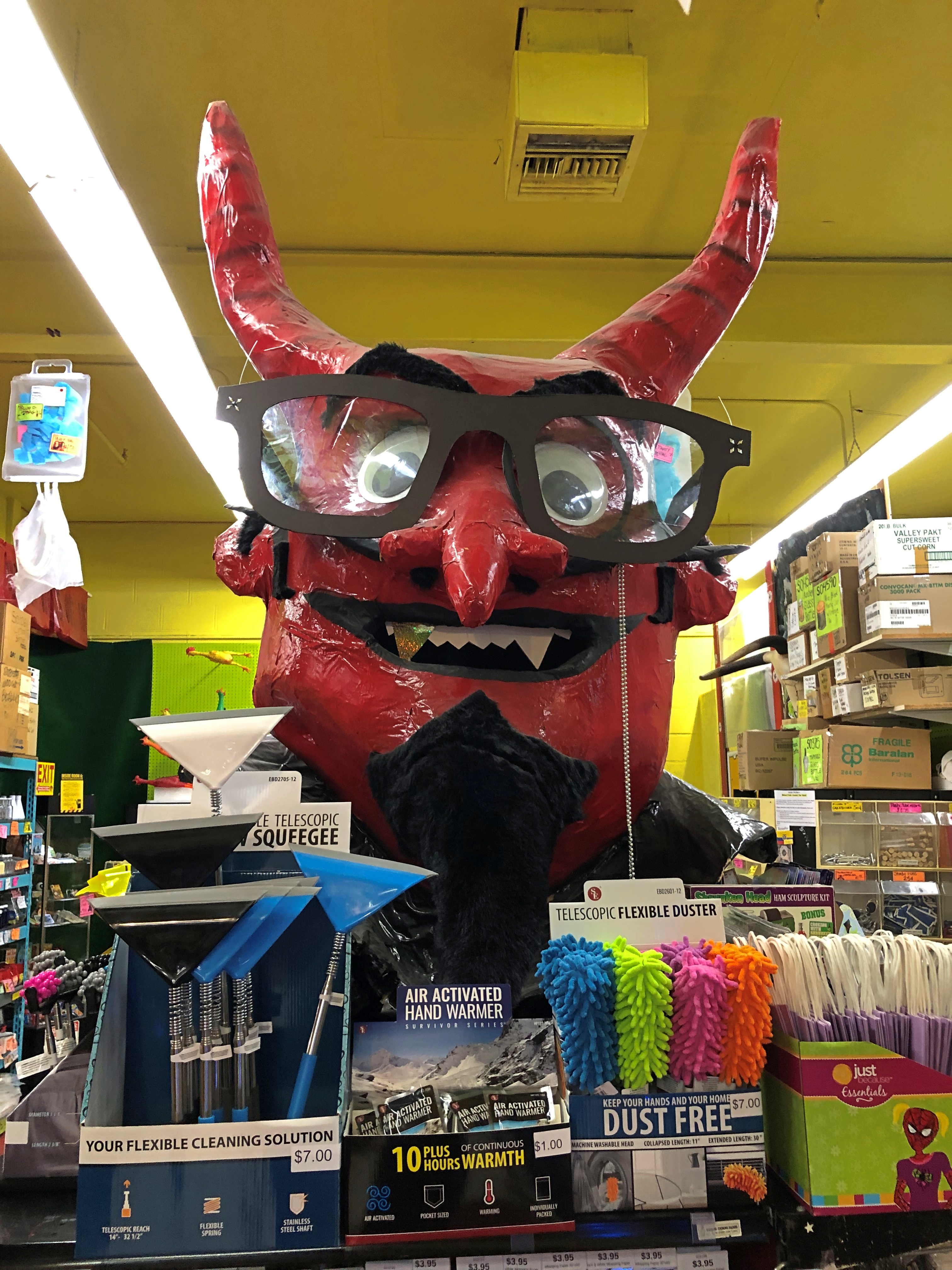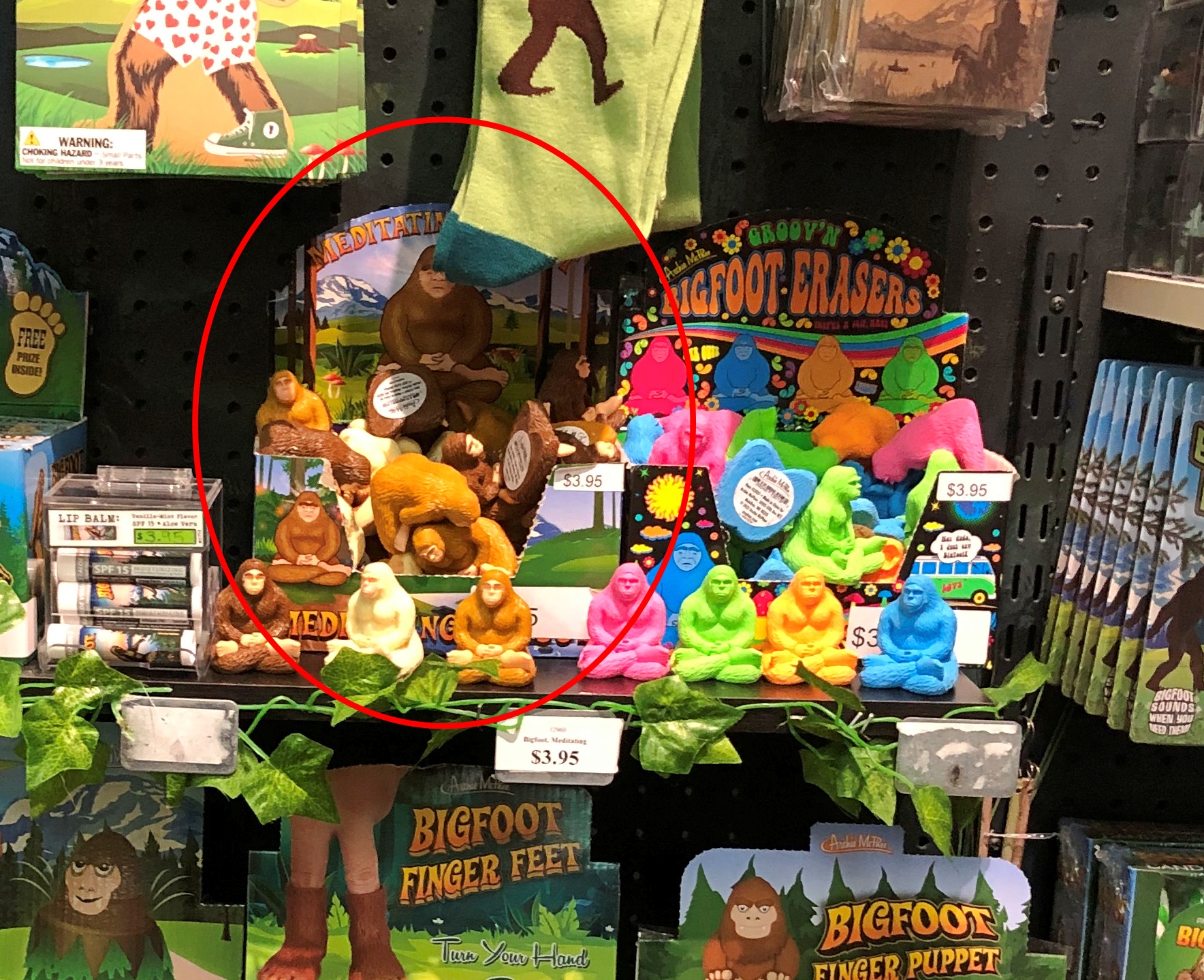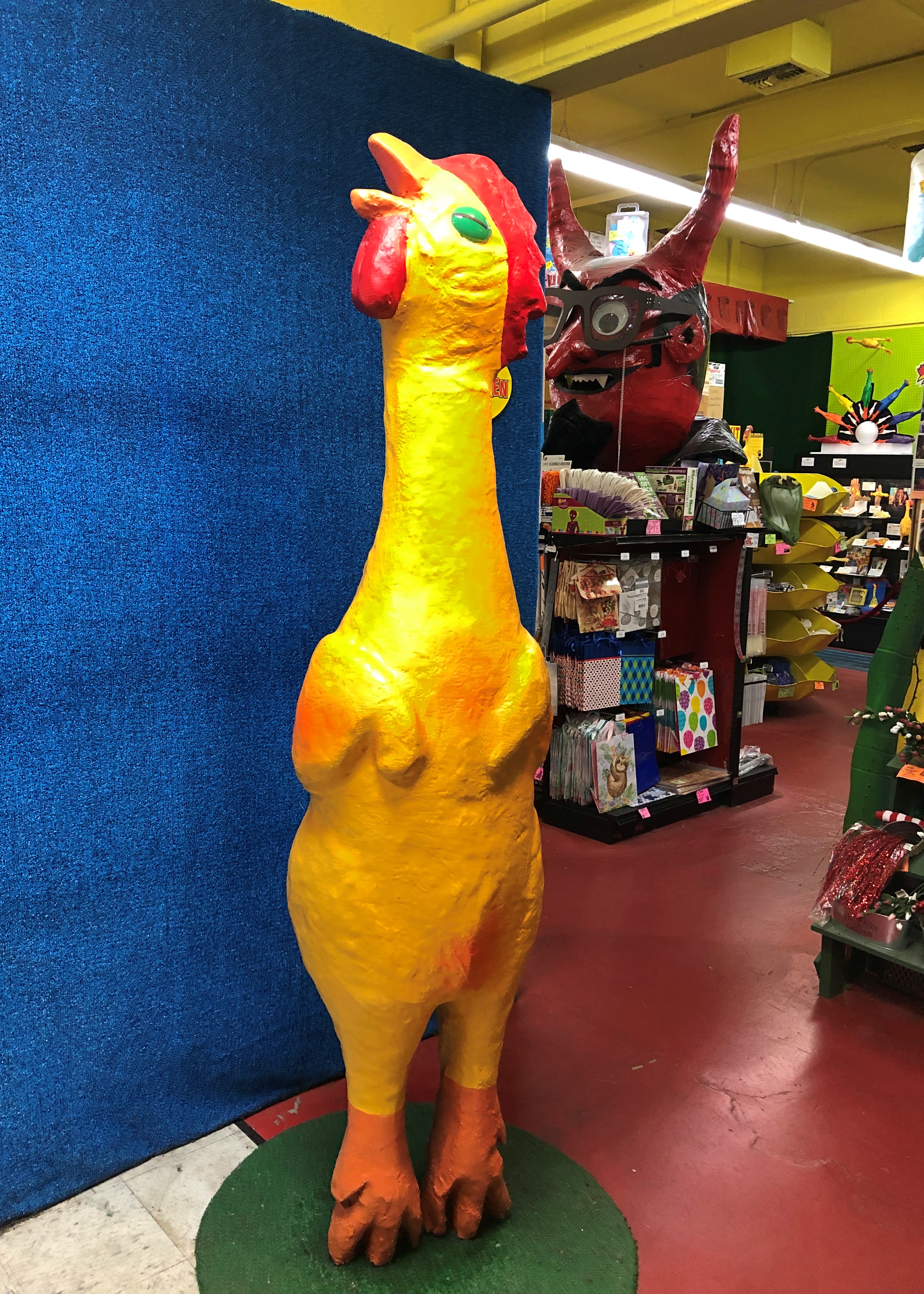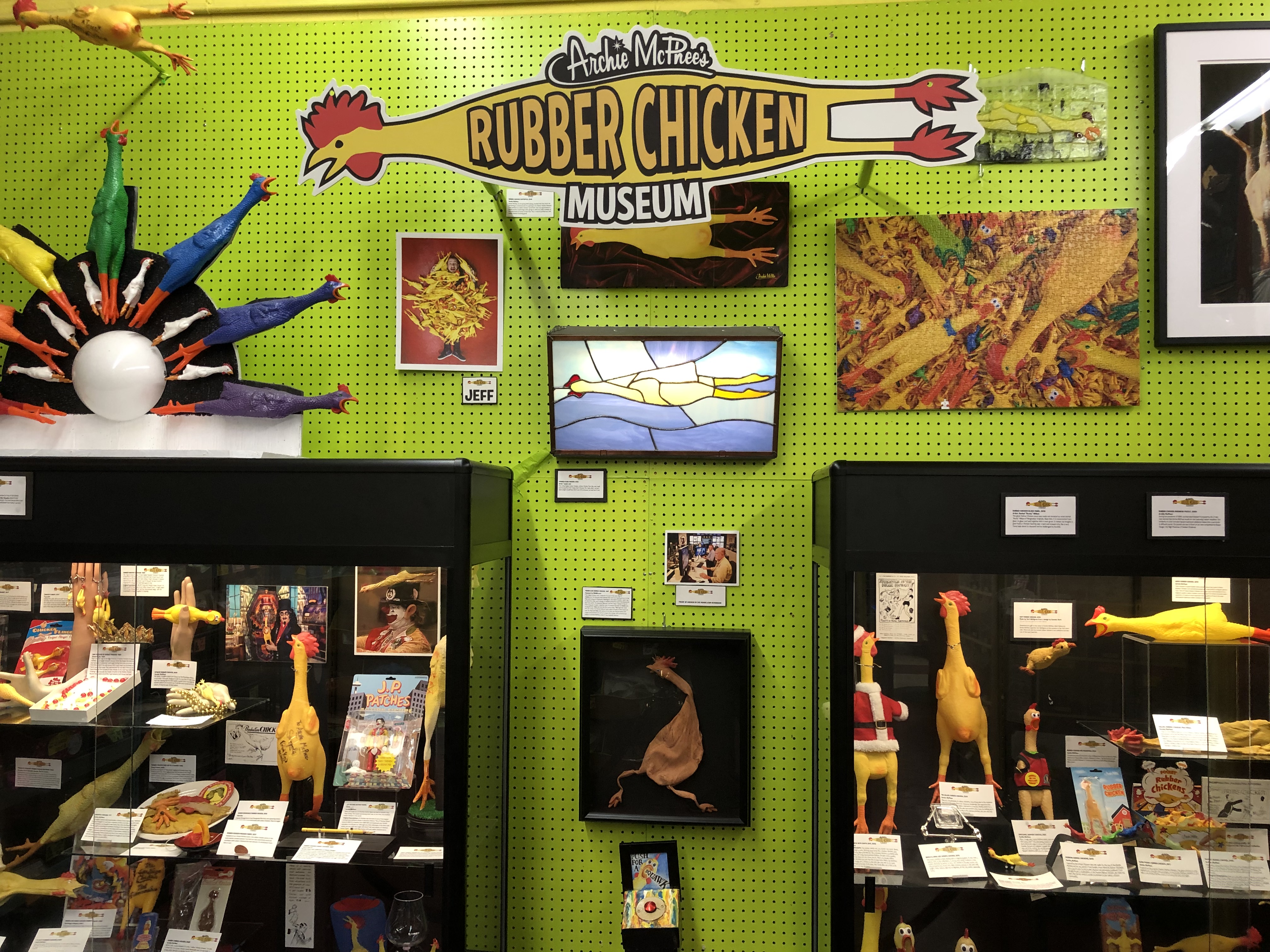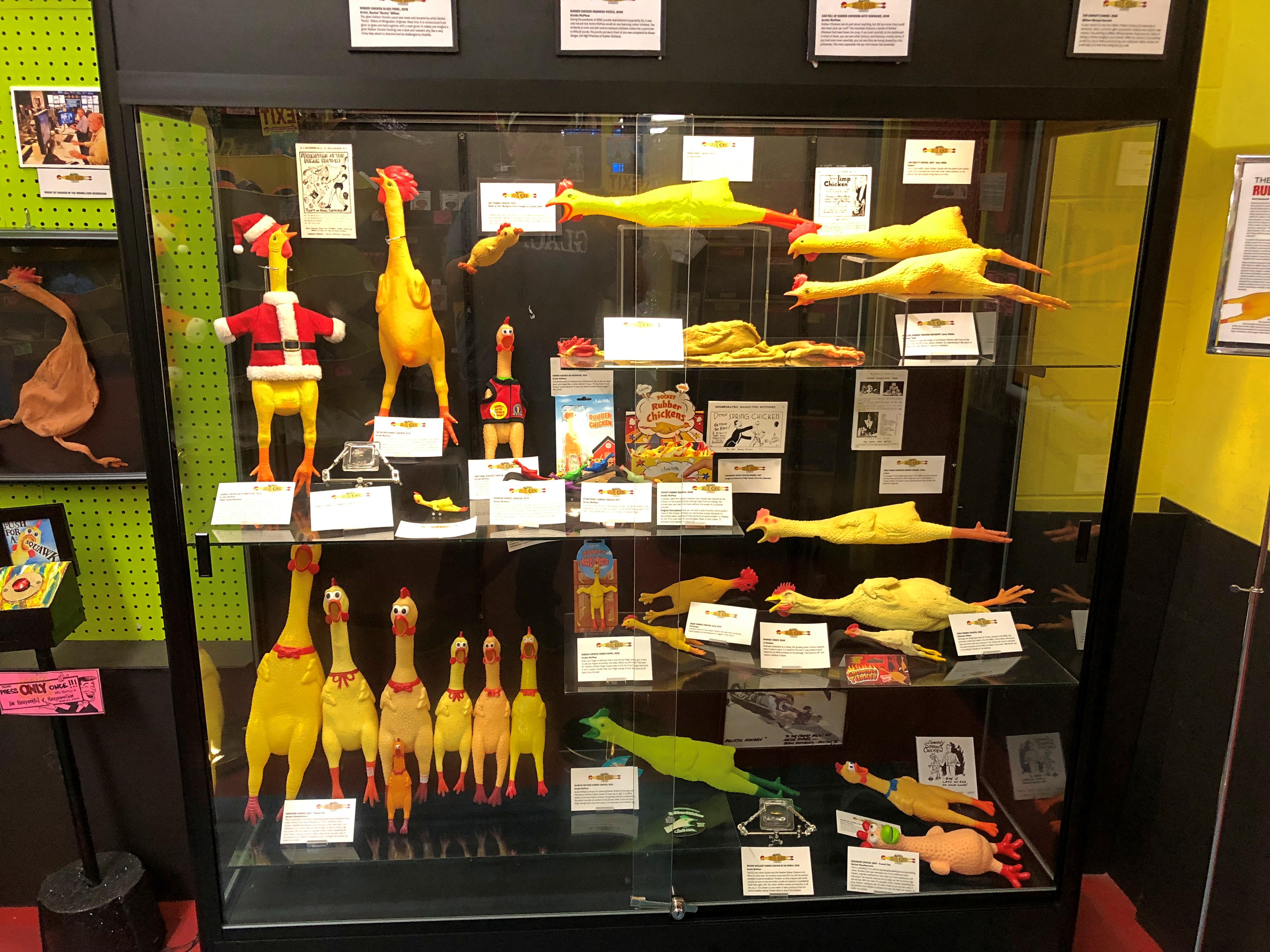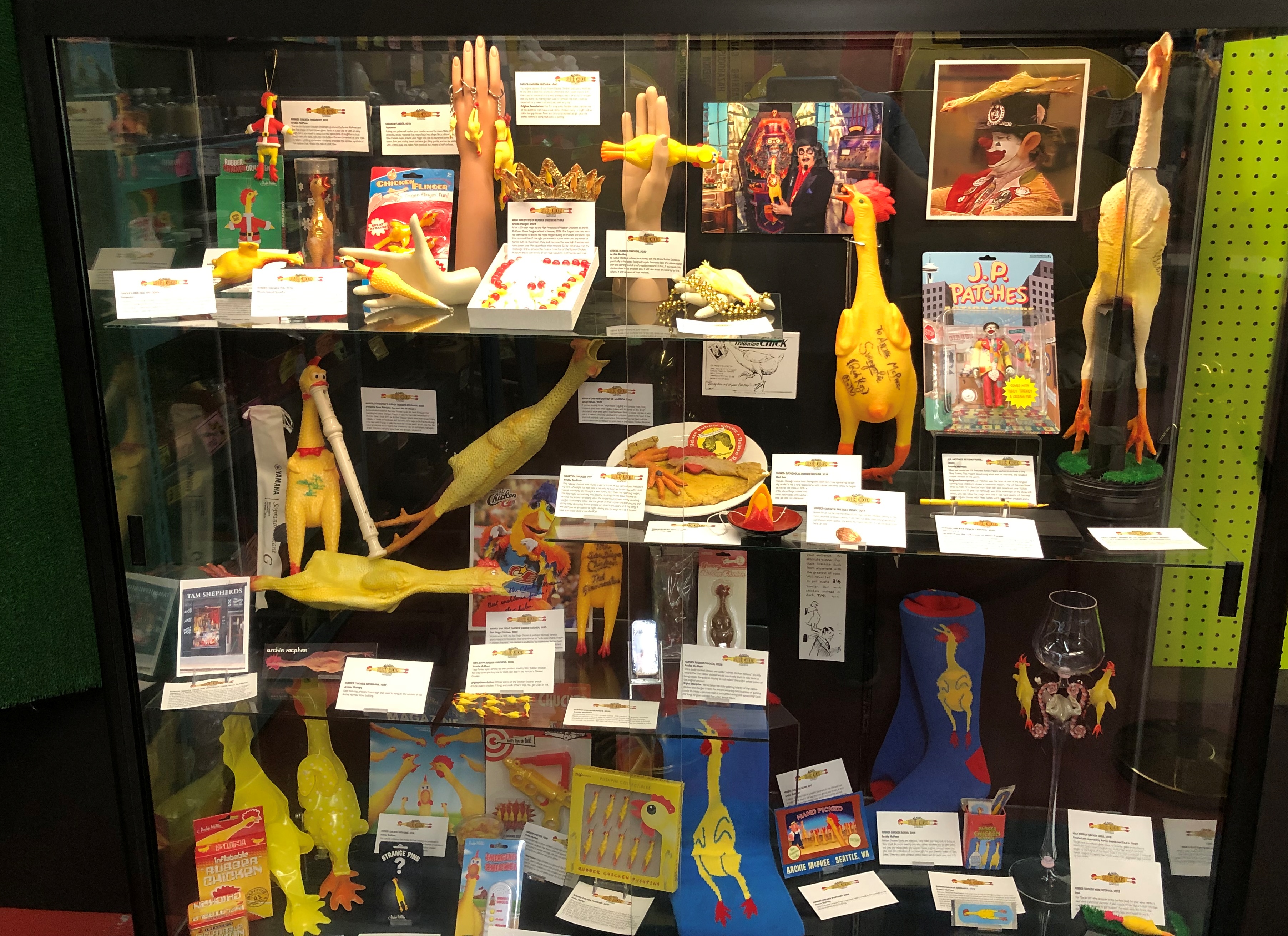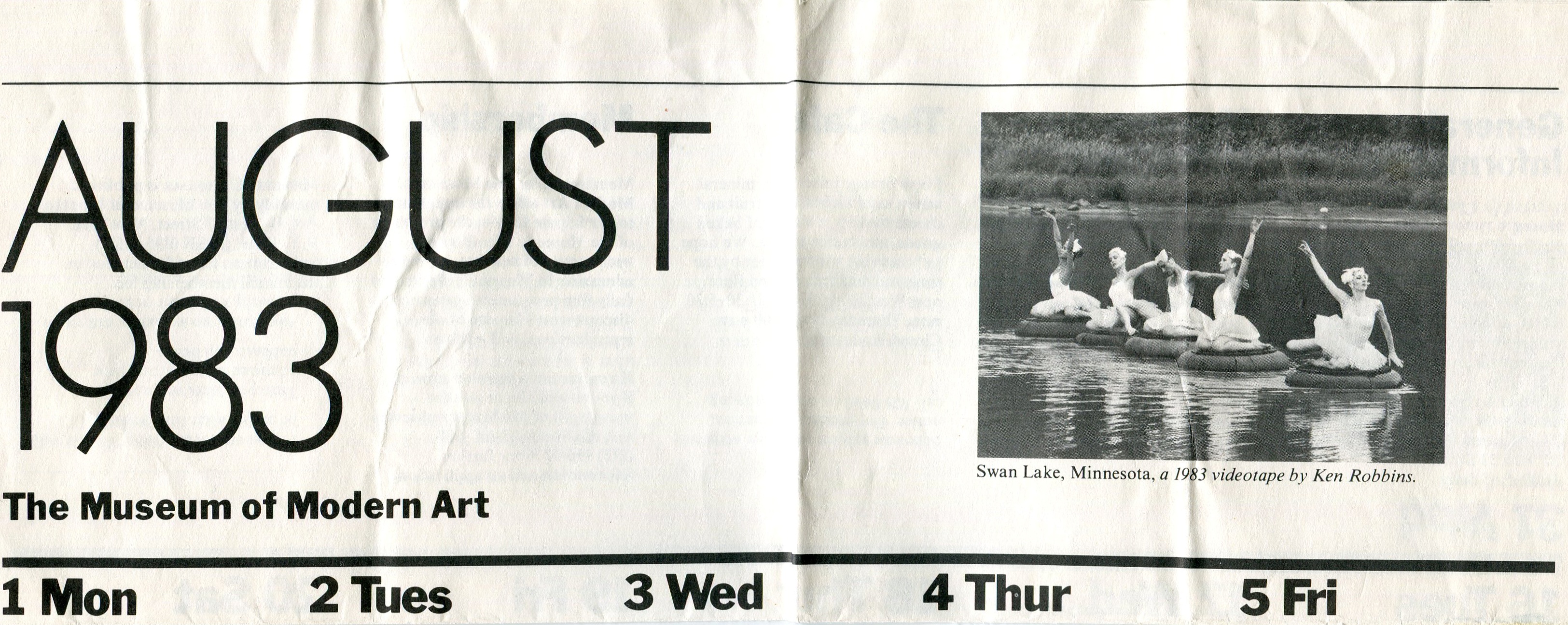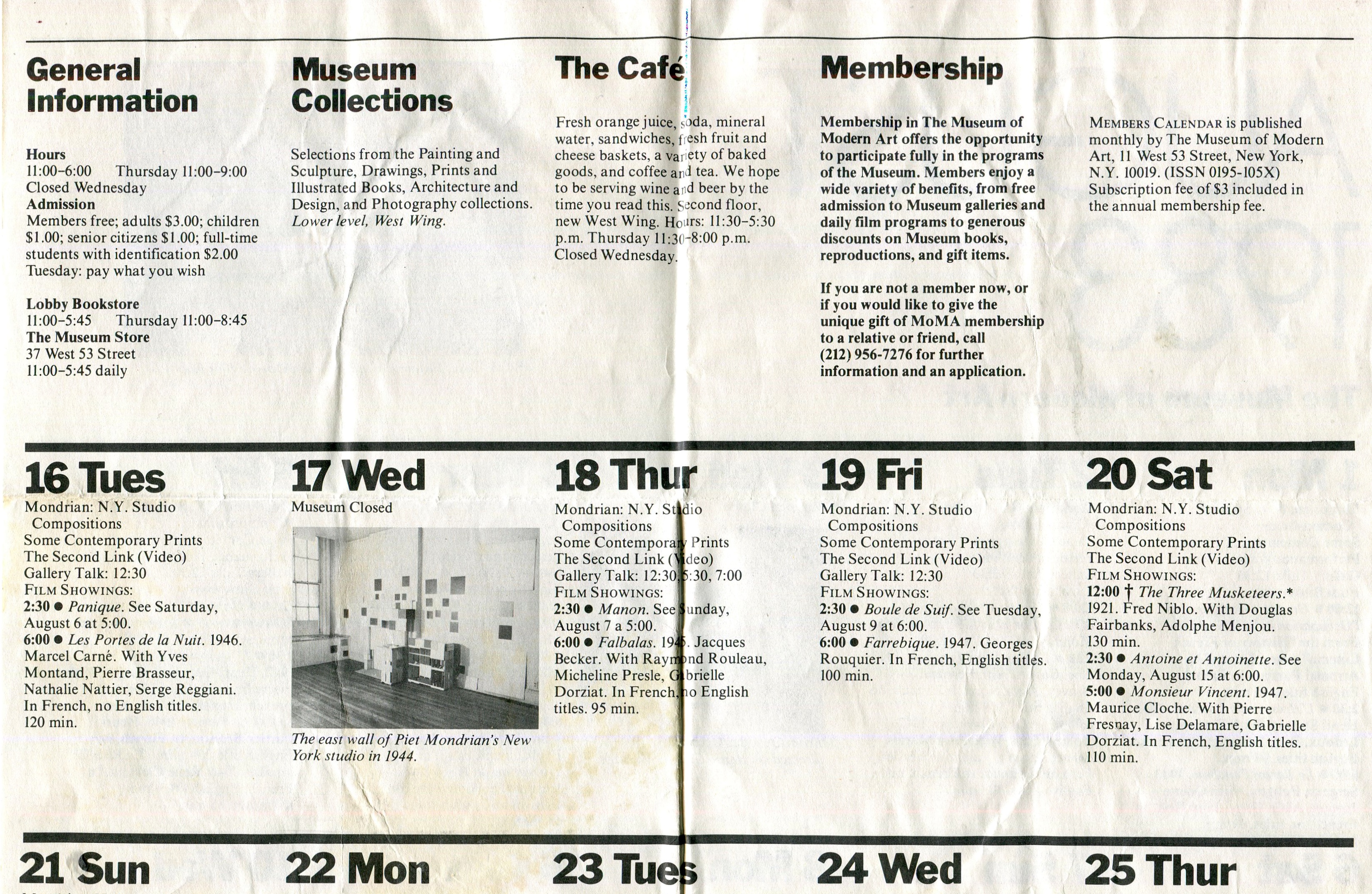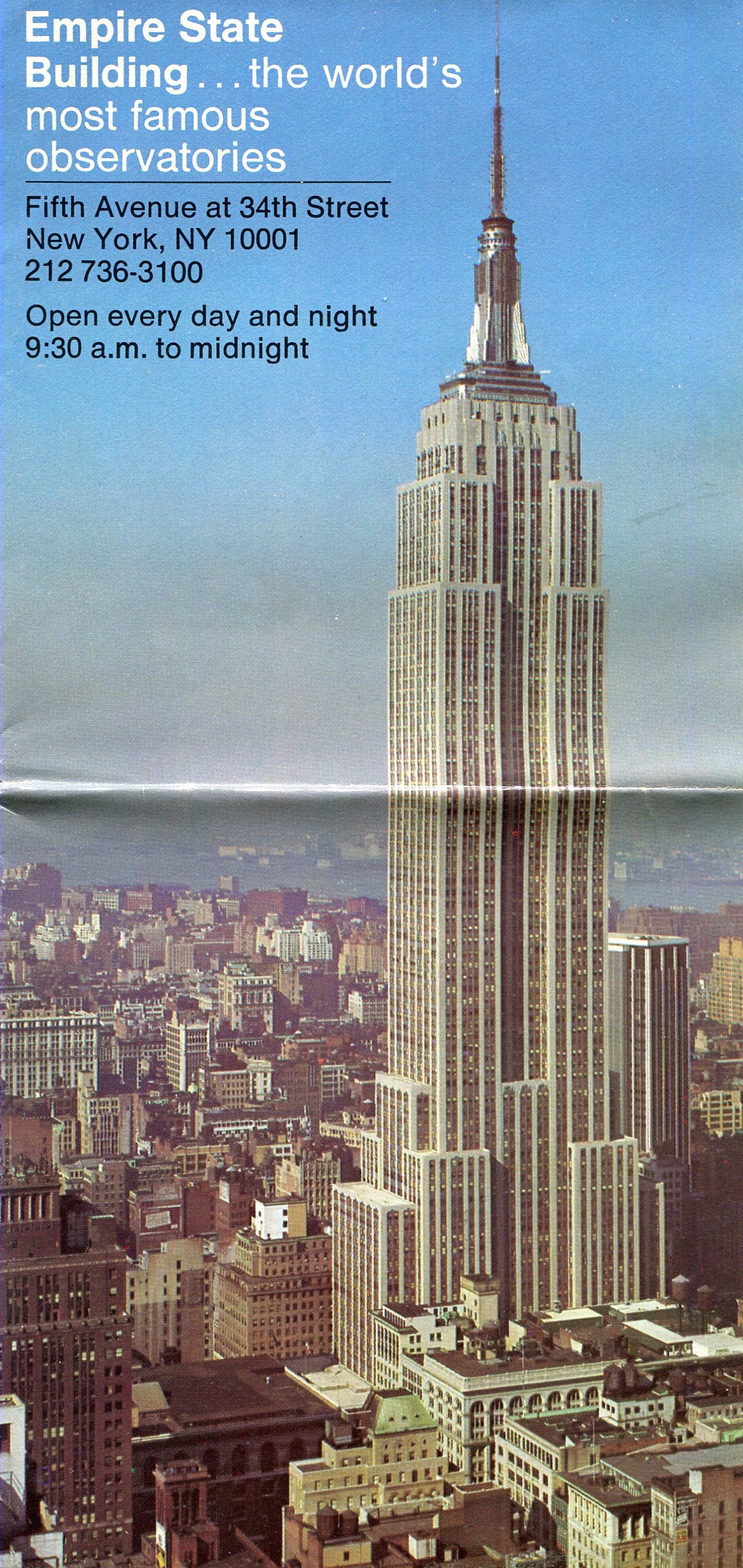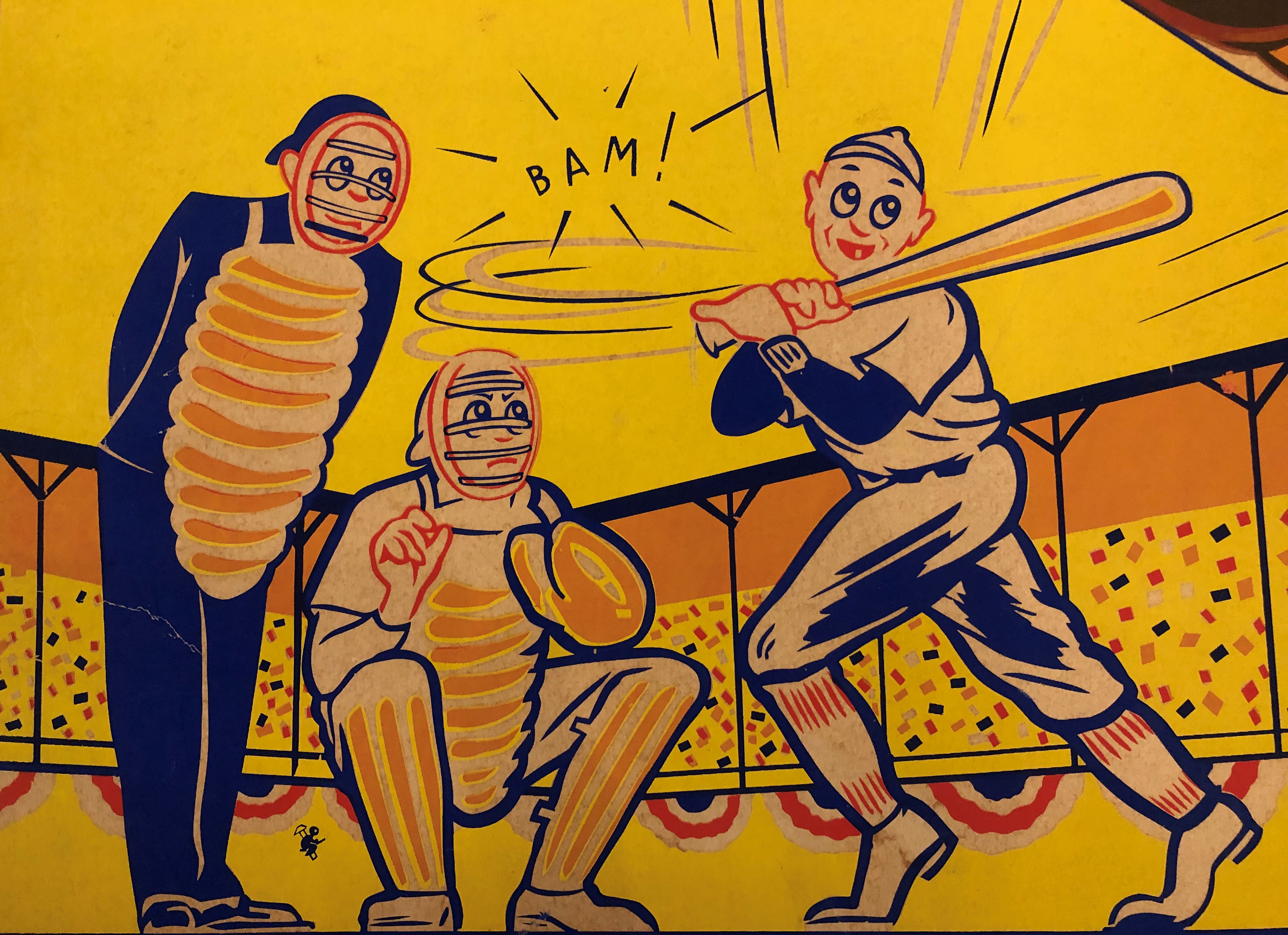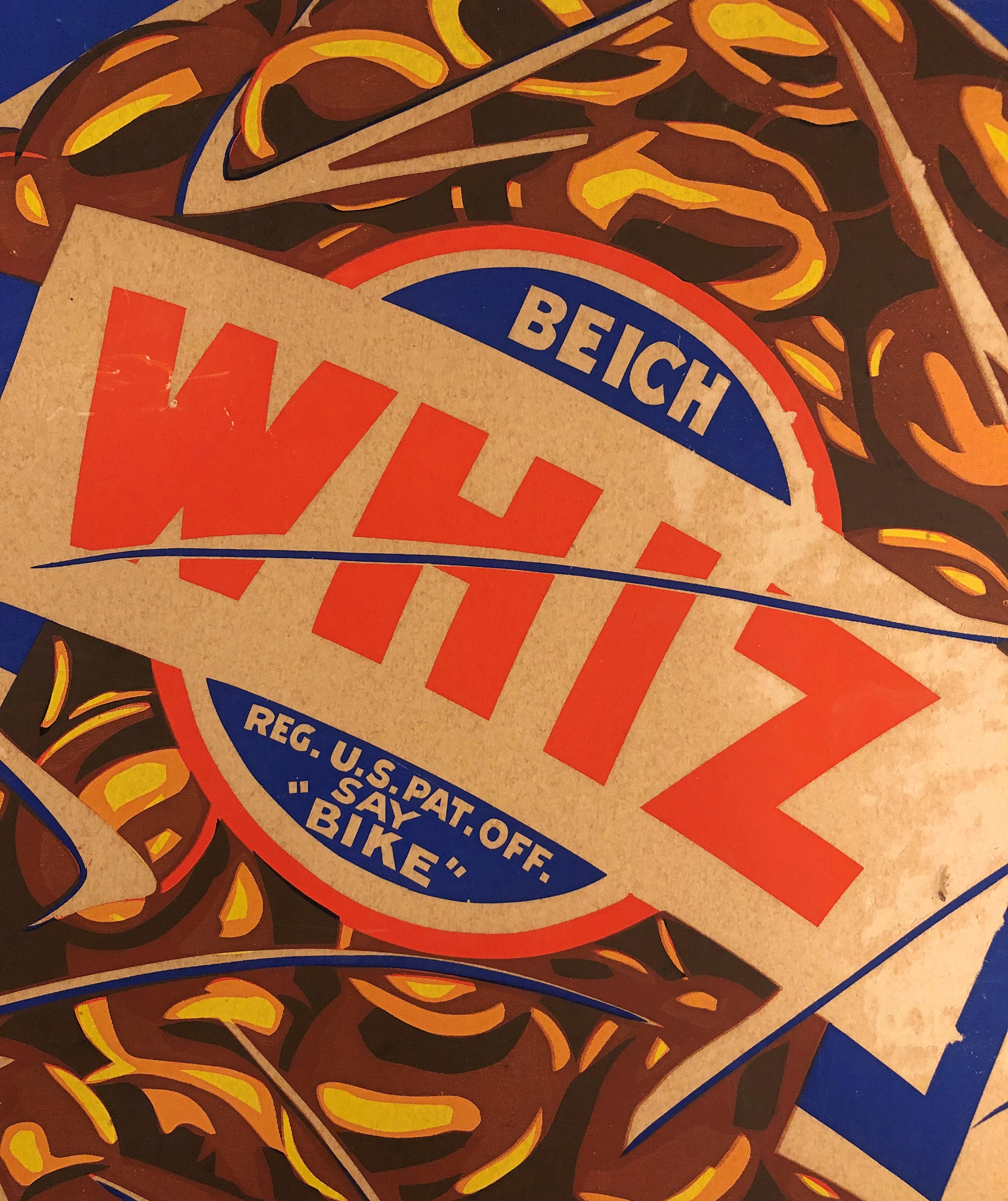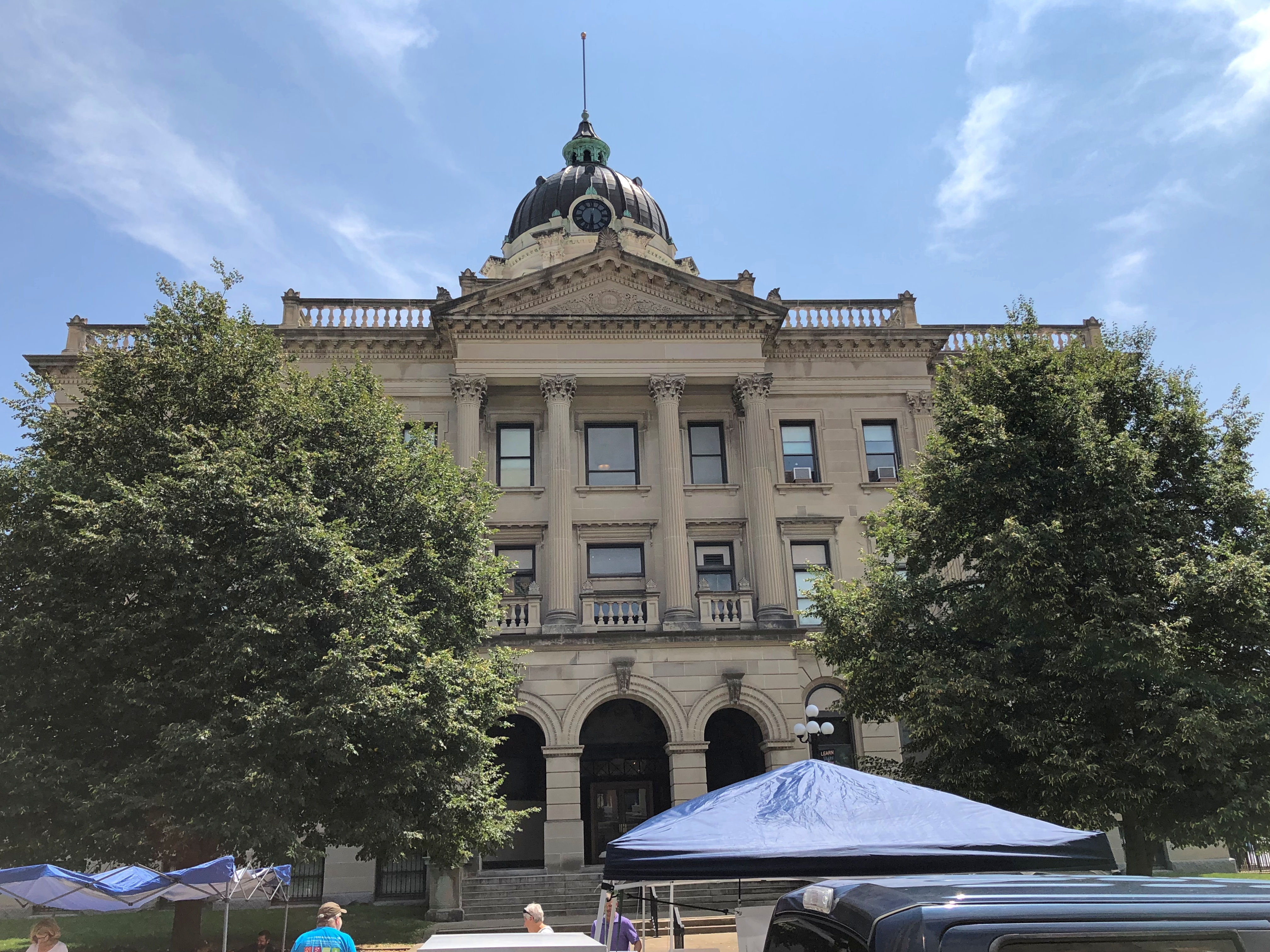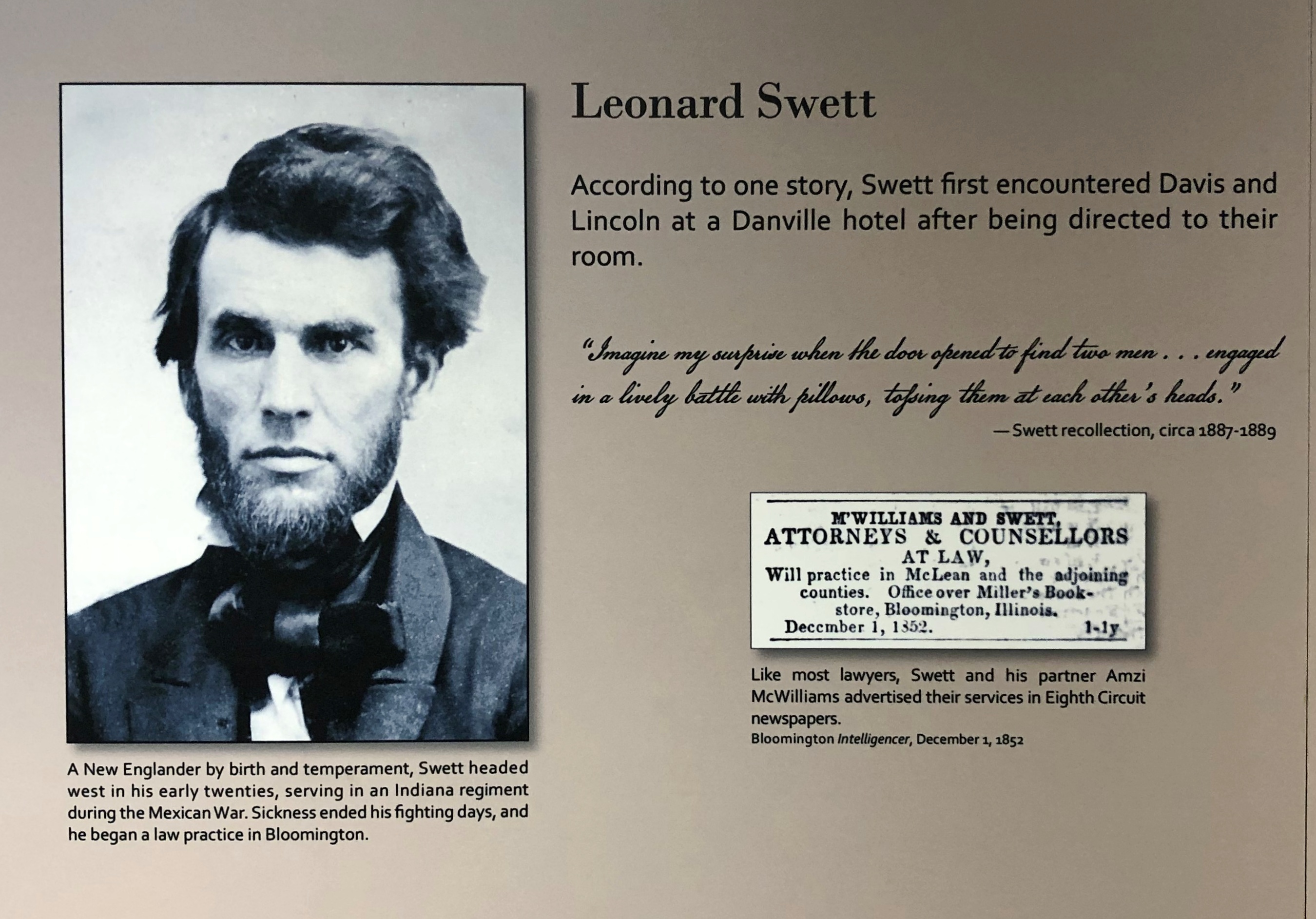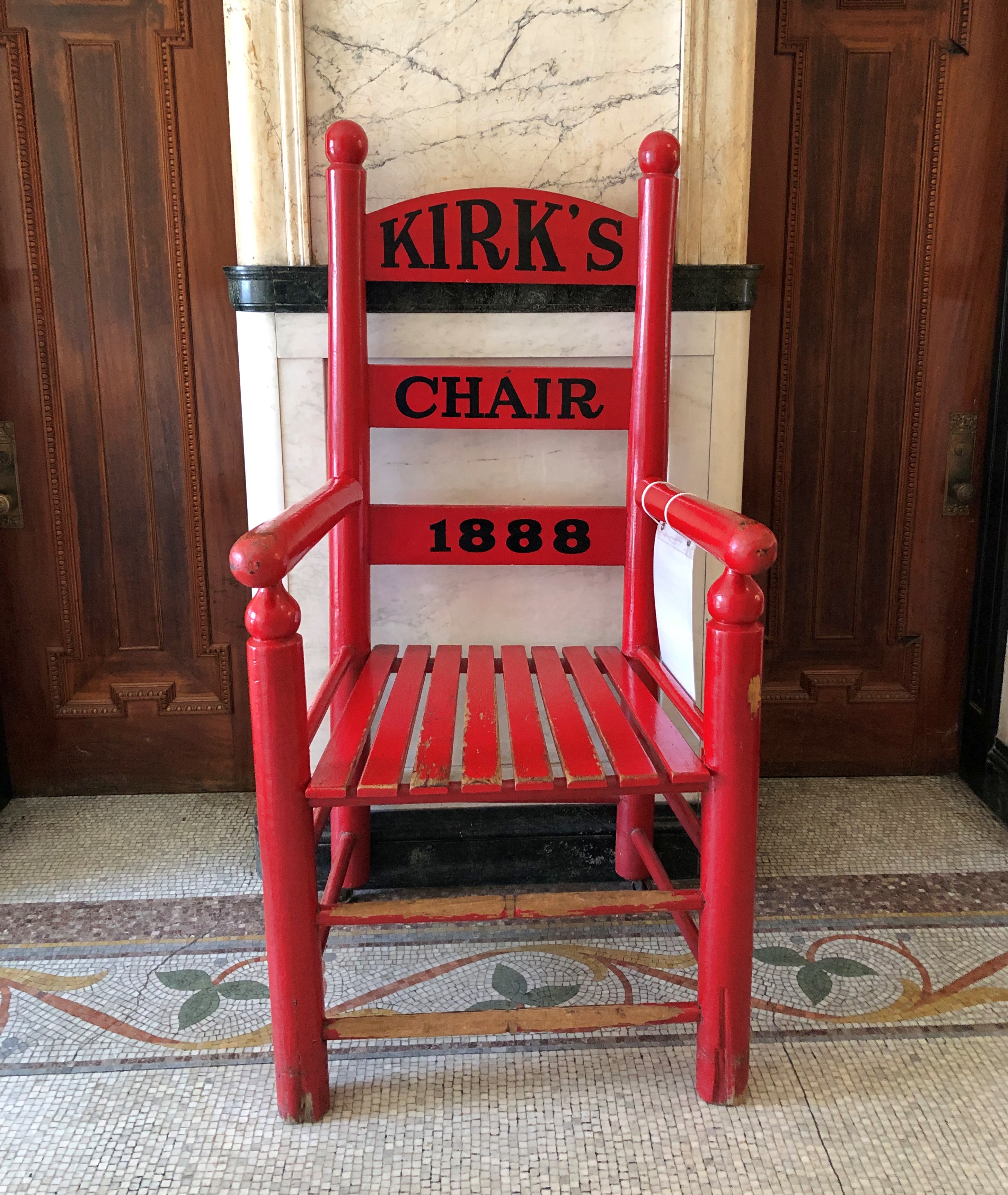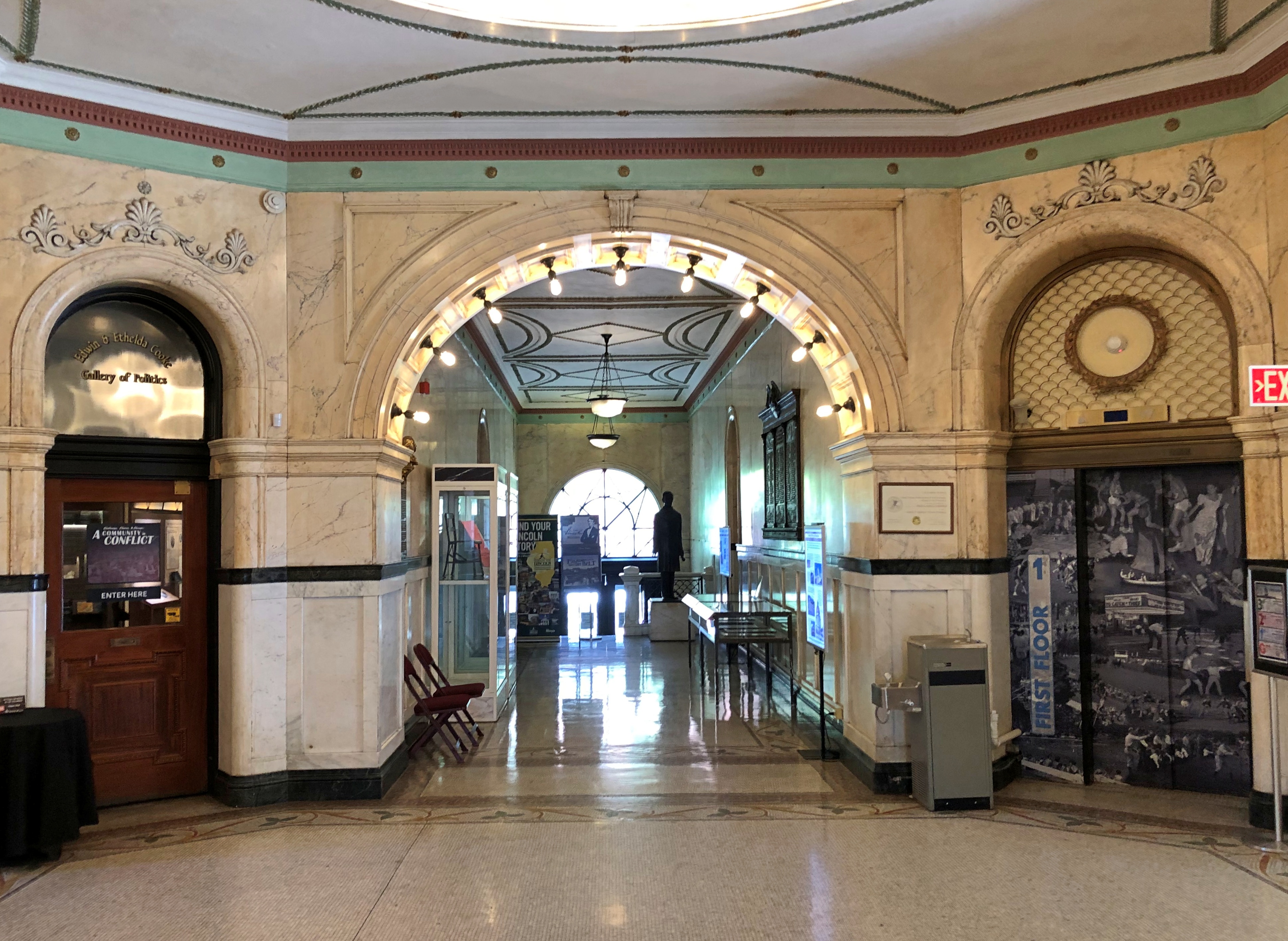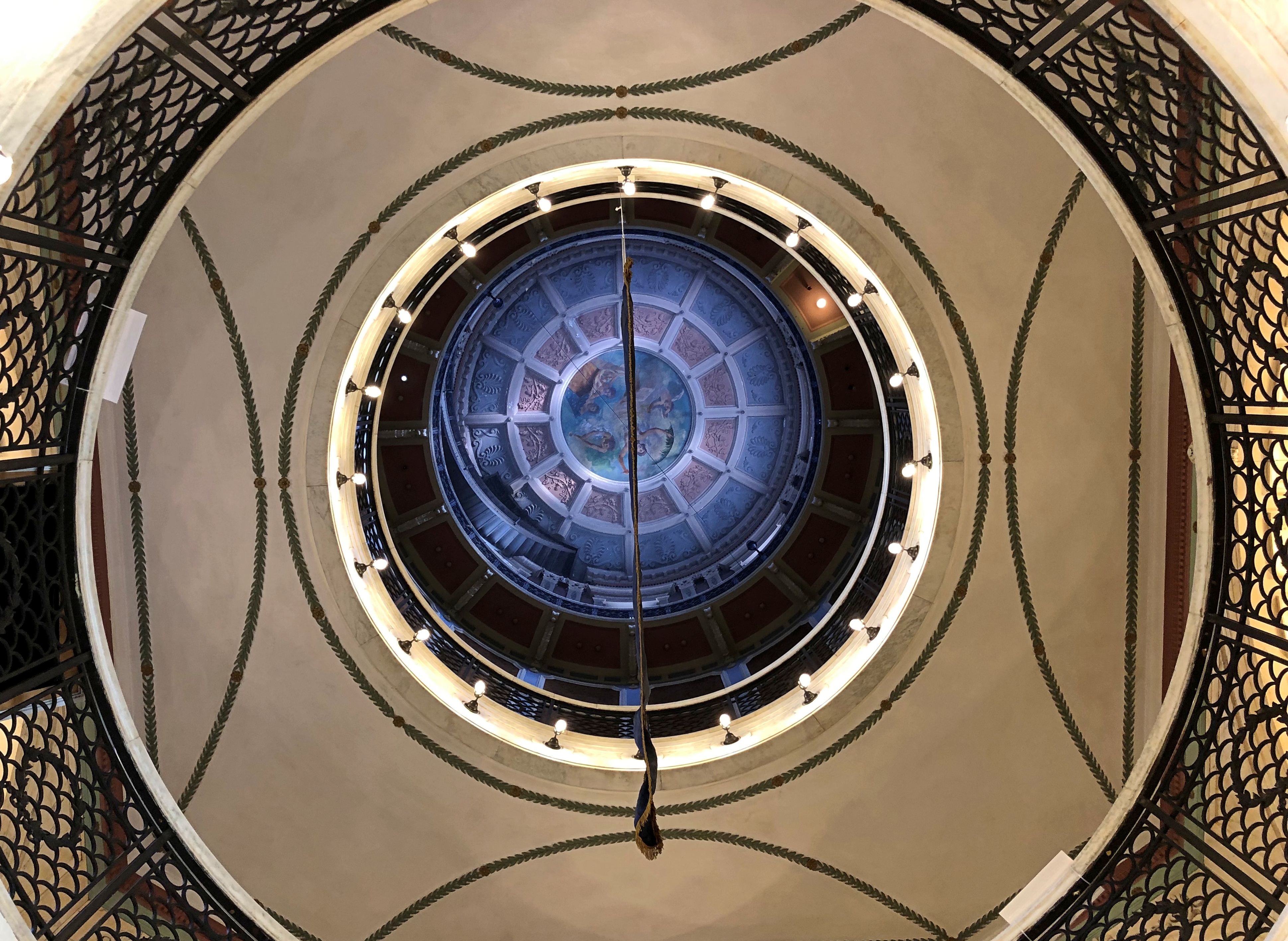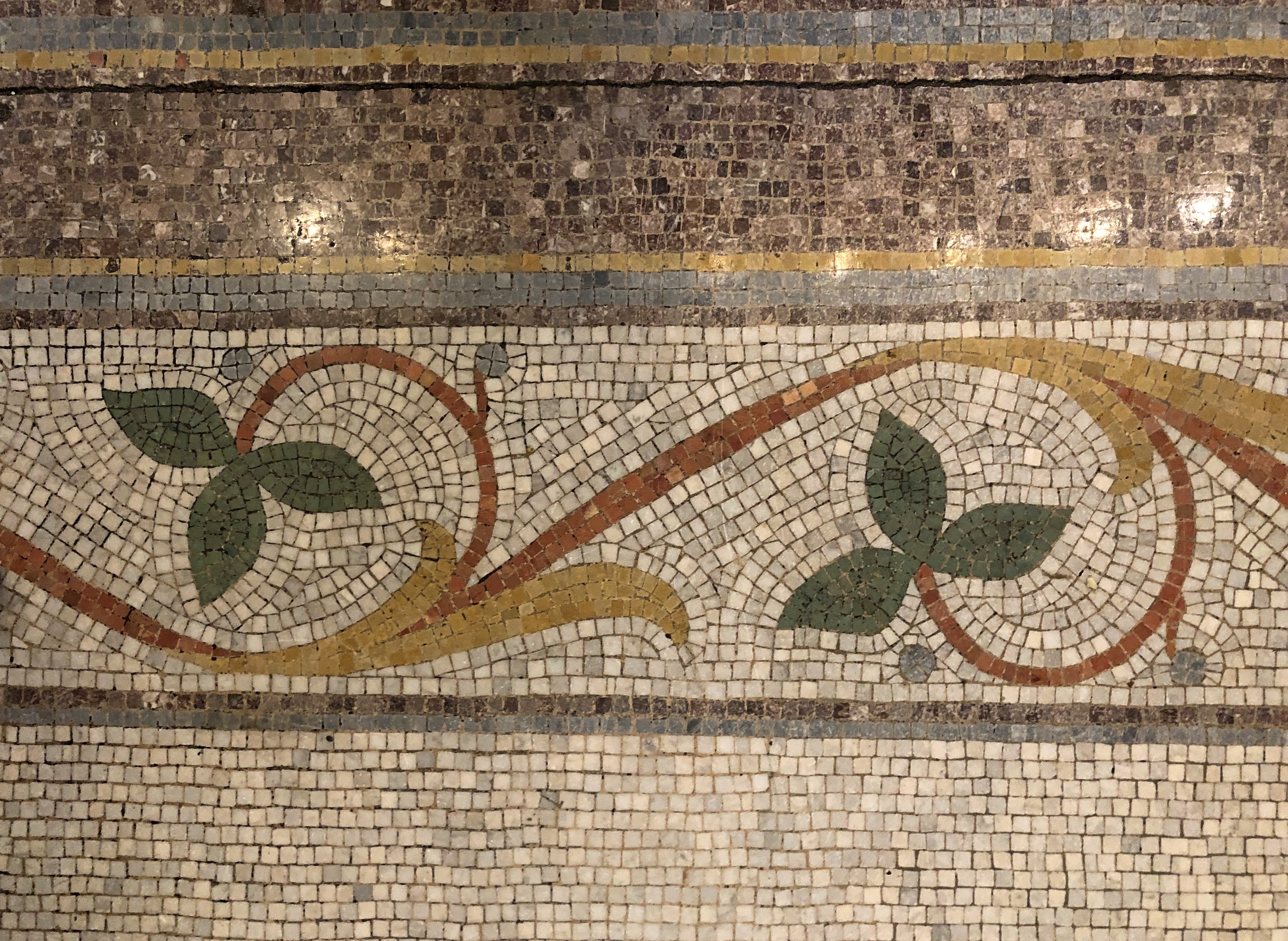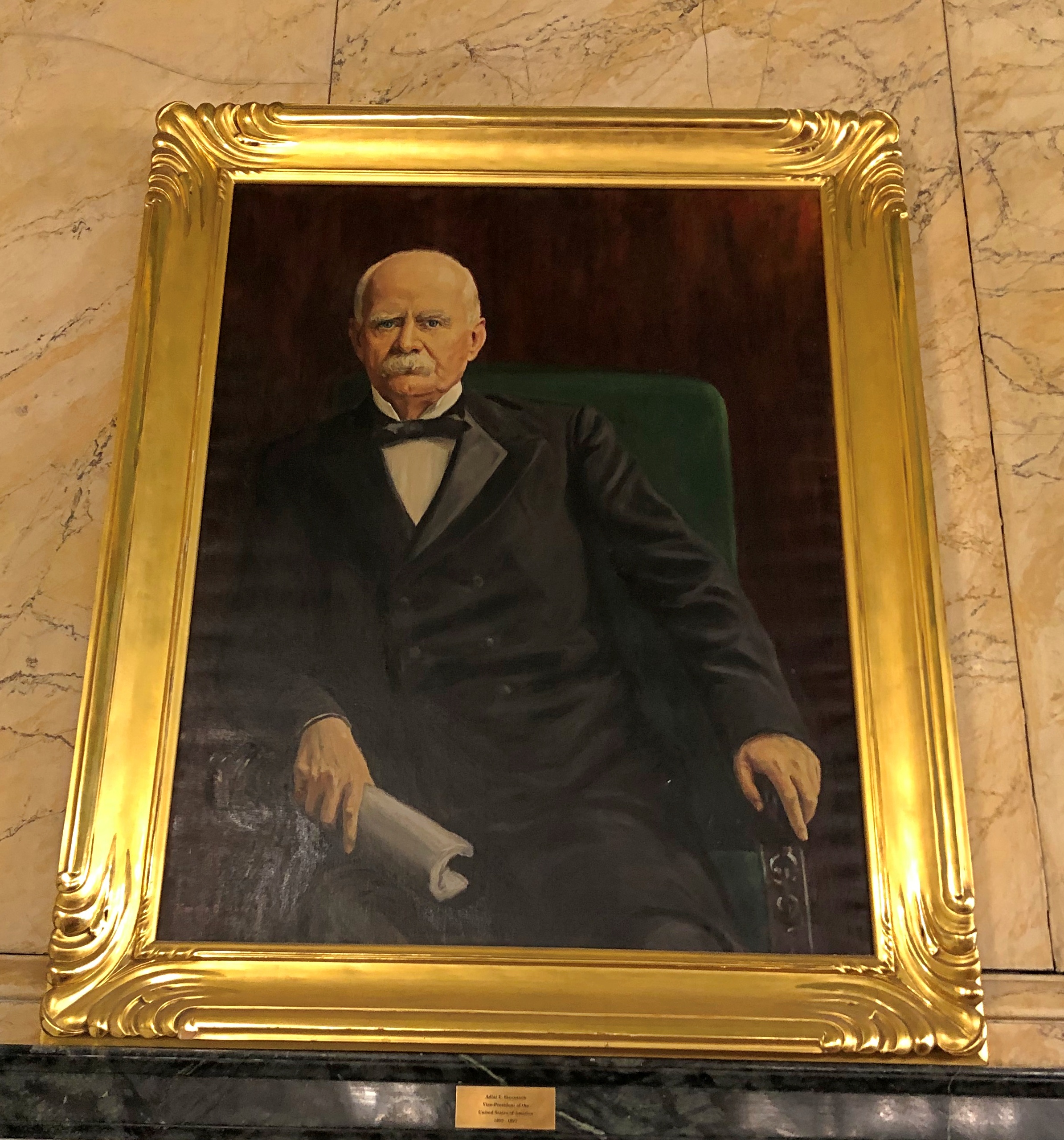One good thing about the historic core of Prague, at least for old visitors, are the small squares (náměstí?) with benches and sometimes trees. Walkability doesn’t mean much if you can’t sit down at regular intervals, and old Prague provides that, unlike some other pedestrian-intense places on this trip (and I mean you, Osaka).
We stopped often at this one, often as our first rest out from the hotel. Once Jay waited here for a few minutes while I wisely went back to the hotel to fetch a cap to wear.
We stopped here more than once as well.
Of course, in early March, the air was distinctly cool, and the squares weren’t so green. Or quite so busy. The views from the first small square looked more like this.
During our first ramble through the old city on March 11, we came across this unnerving figure.

Kafka. Of course. Rub the shoes for luck? Isn’t there only one kind of luck for Kafka, and it isn’t good? The bronze dates from 2003 and inspired by one of his lesser-known stories, “Description of a Struggle,” which I haven’t read, but which sounds Kafkaesque all right.
I had to look up the sculptor, Jaroslav Róna, a resident of Prague and a member of its small but enduring Jewish community. Looks like he specializes in unsettling figures, so Kafka would be right up his alley.
I don’t know whether it is coincidence or not, but the statue happens to be near the Spanish Synagogue (Španělská synagoga). An exceptional piece of work, dating from 1868, built on the site of a much older synagogue. There has been a Jewish community in the city since at least the 10th century of the Common Era.

Now a museum, the Spanish Synagogue – referring to the Moorish Revival style – is part of the Jewish Museum in Prague, which oversees a half-dozen or so structures in the former Jewish quarter, including the aforementioned Pinkas Synagogue and Old Jewish Cemetery.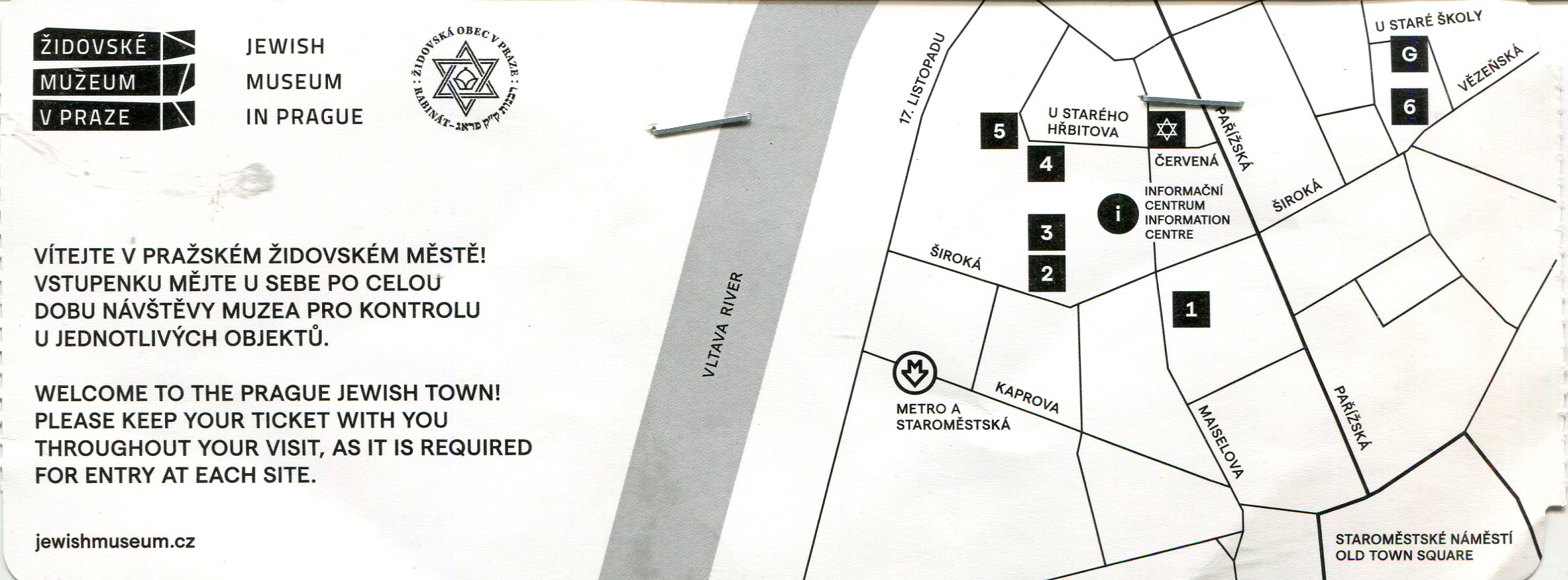
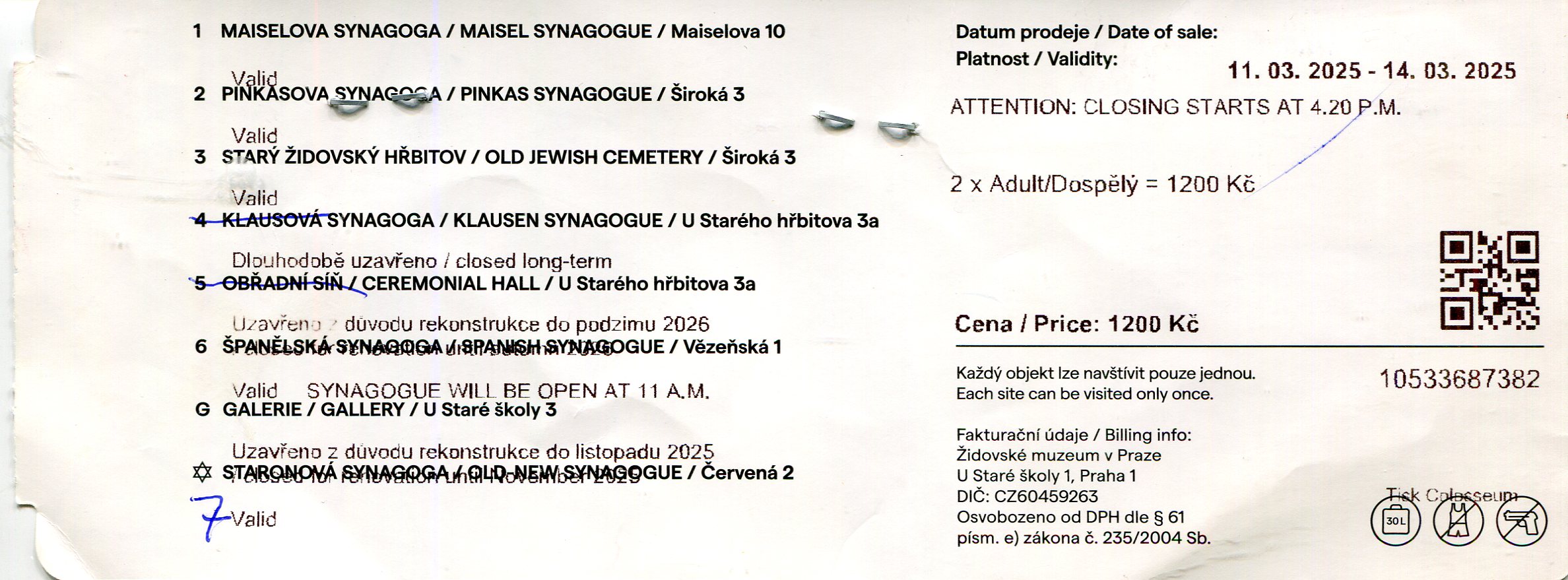
After decades of misuse and neglect, beginning with the Nazis and continuing under the Communists, the Spanish Synagogue was restored not long after the Velvet Revolution. It is magnificent.


The view from the upper level.

Another synagogue-turned-museum is the Maisel Synagogue (Maiselova synagoga).


What would a Jewish museum in Prague be without mentioning everyone’s favorite clay man animated by one of the names of the Lord? On display at the Maisel.

An active congregation gathers at the Old-New Synagogue (Staronová Synagoga), another of the historic structures.
It was once the New Synagogue, then there was a newer one; so it became Old-New, built in late 13th century of the Common Era. More than one source says that Staronová Synagoga is the oldest active synagogue in Europe.



Yes.

































